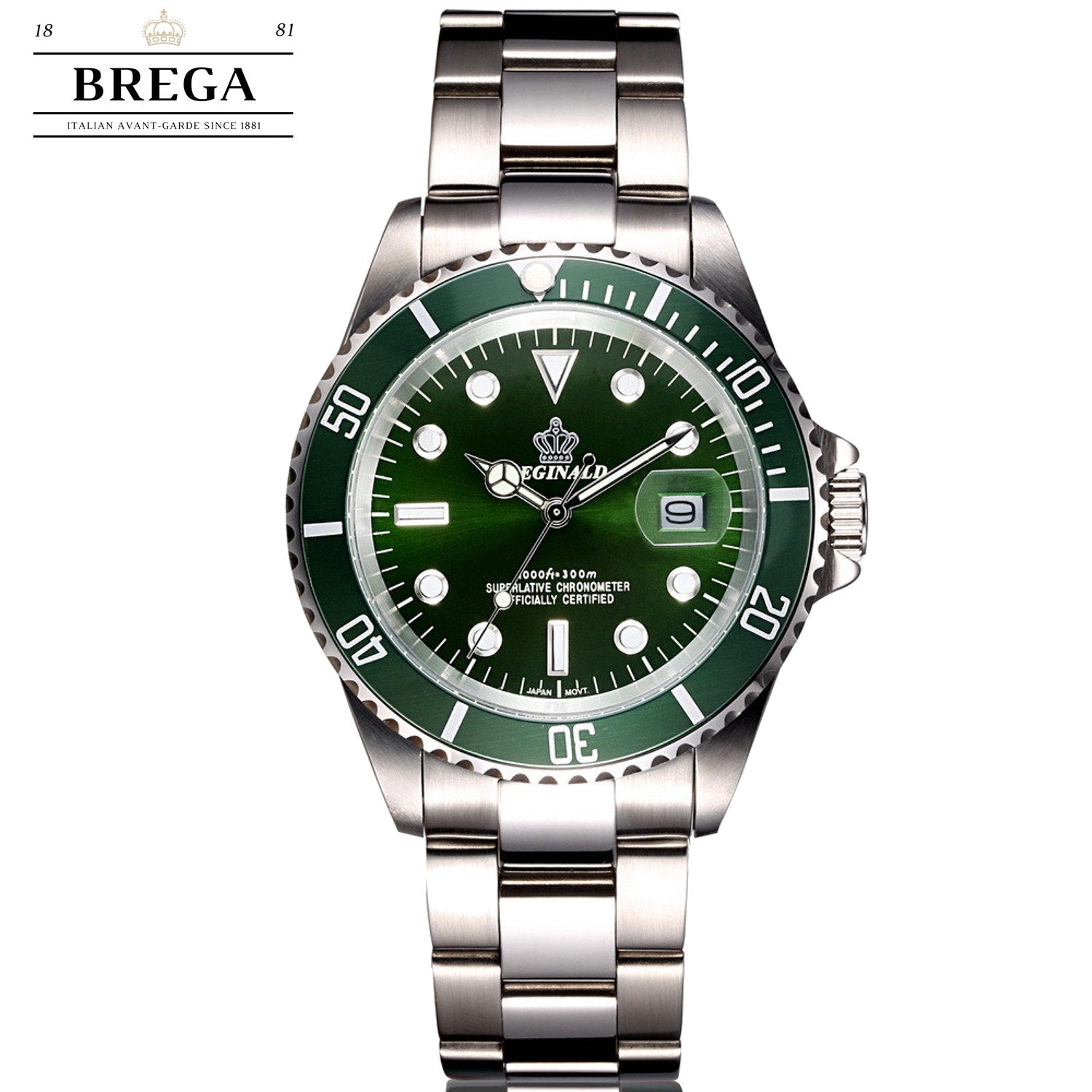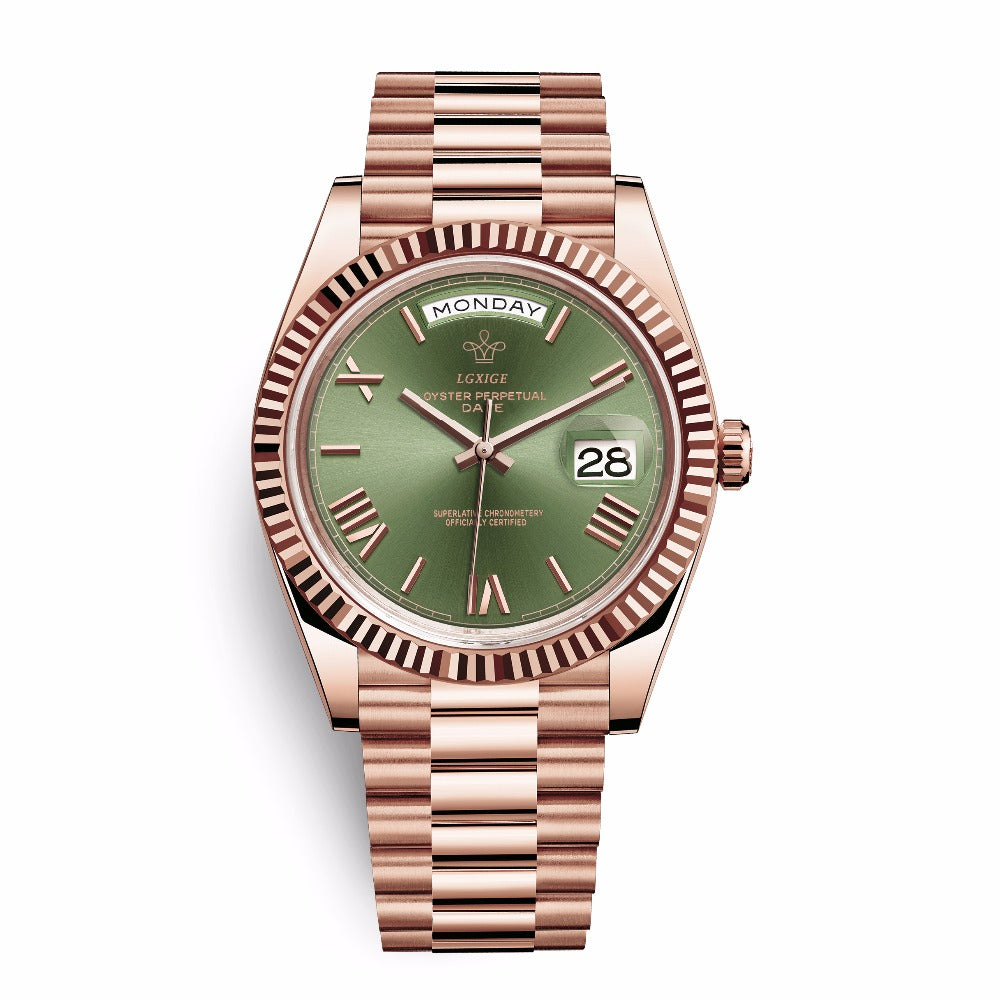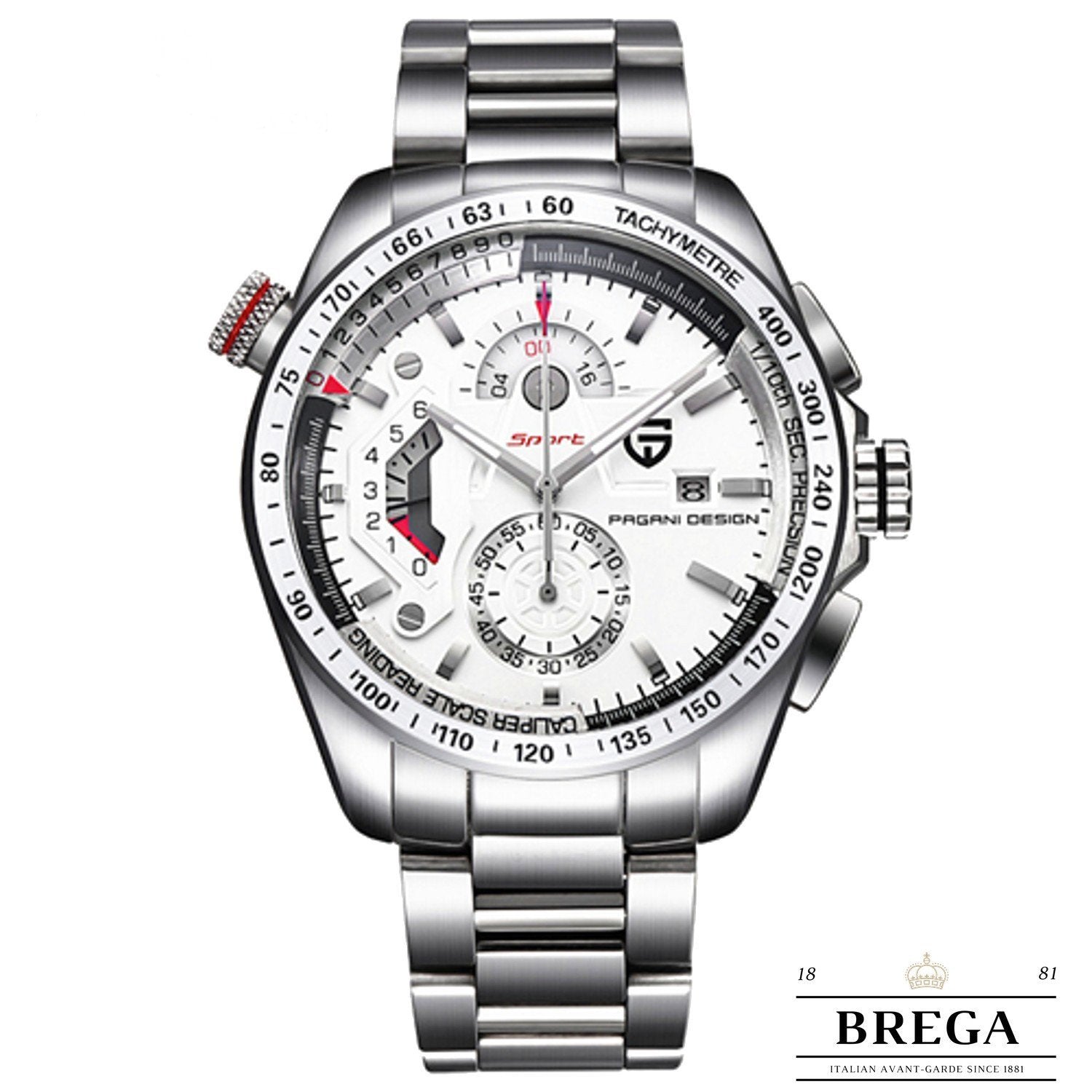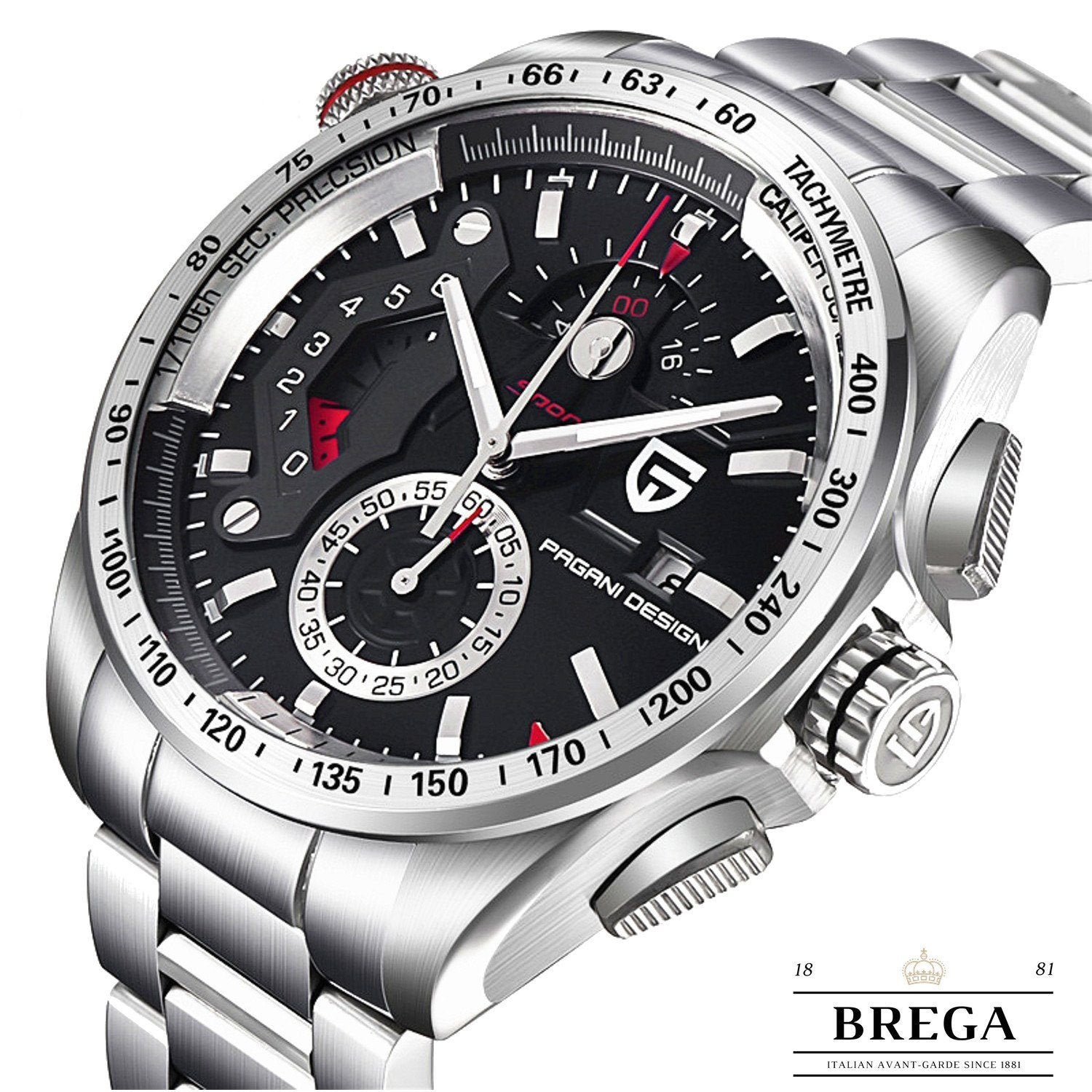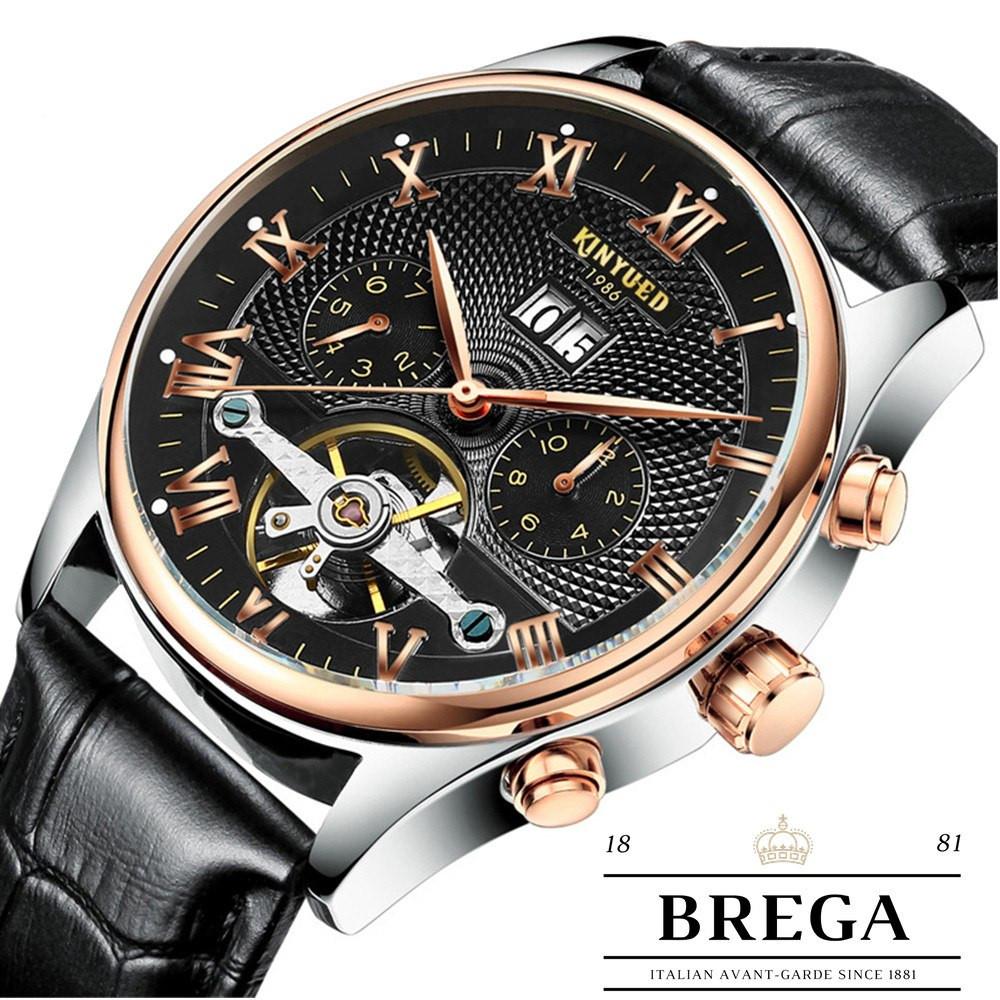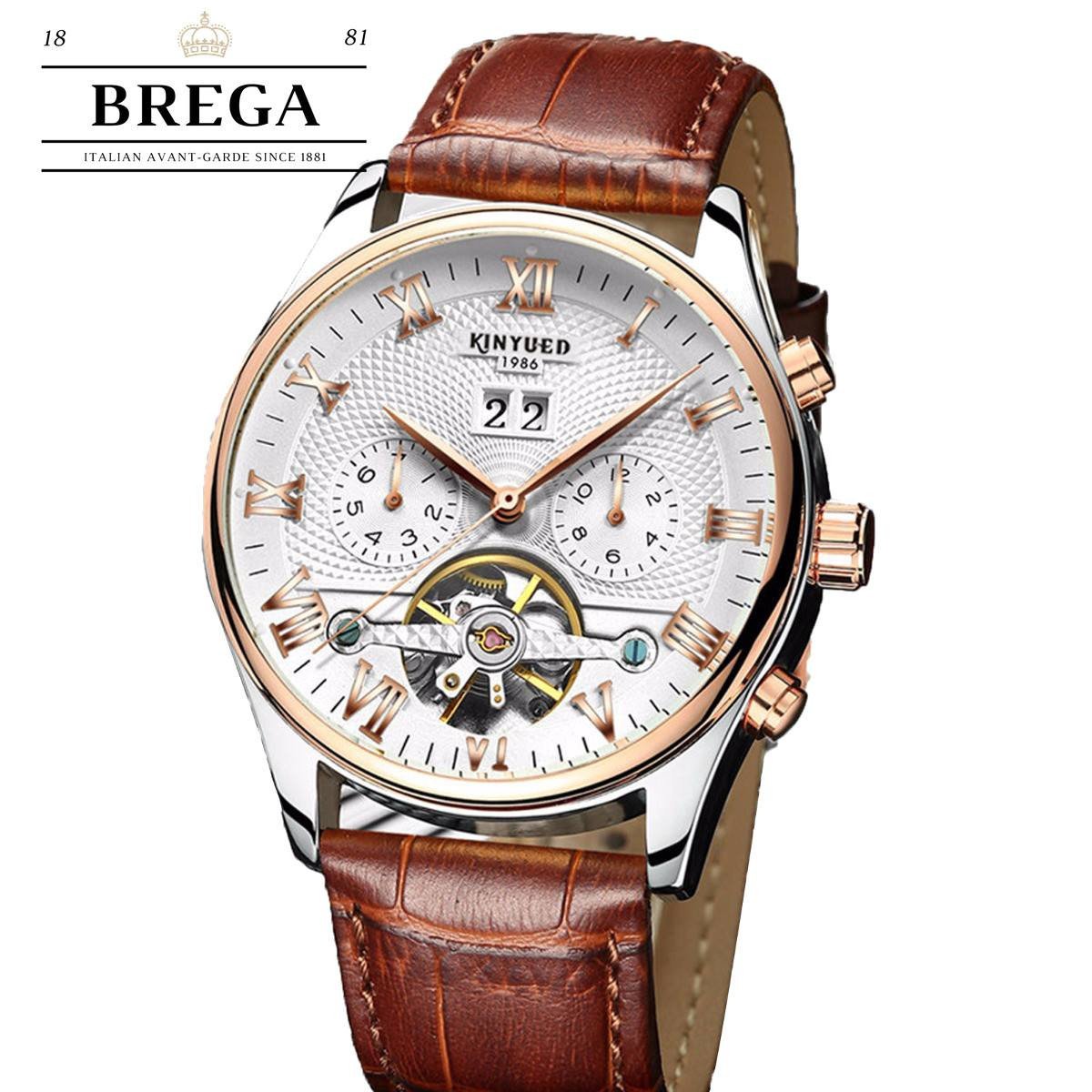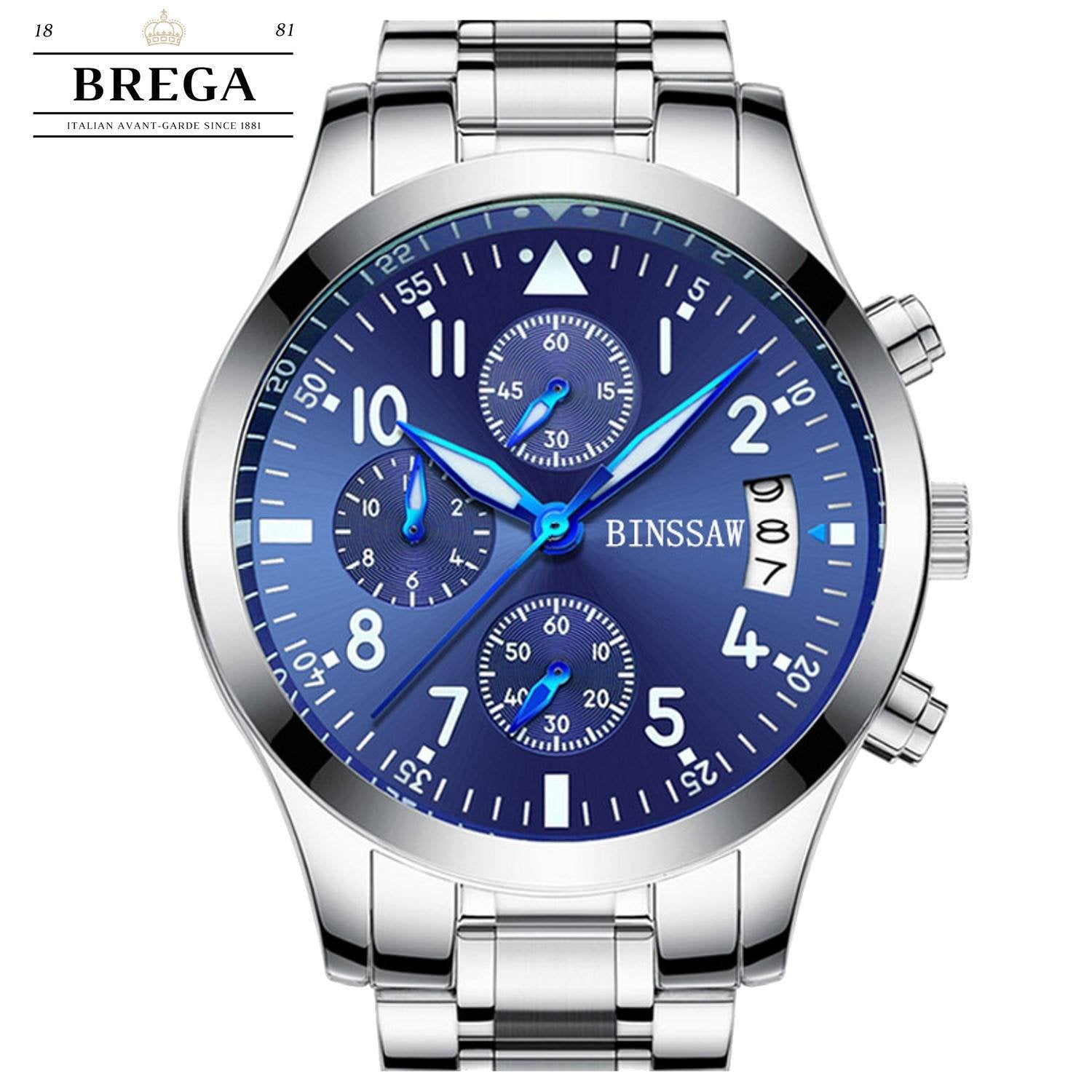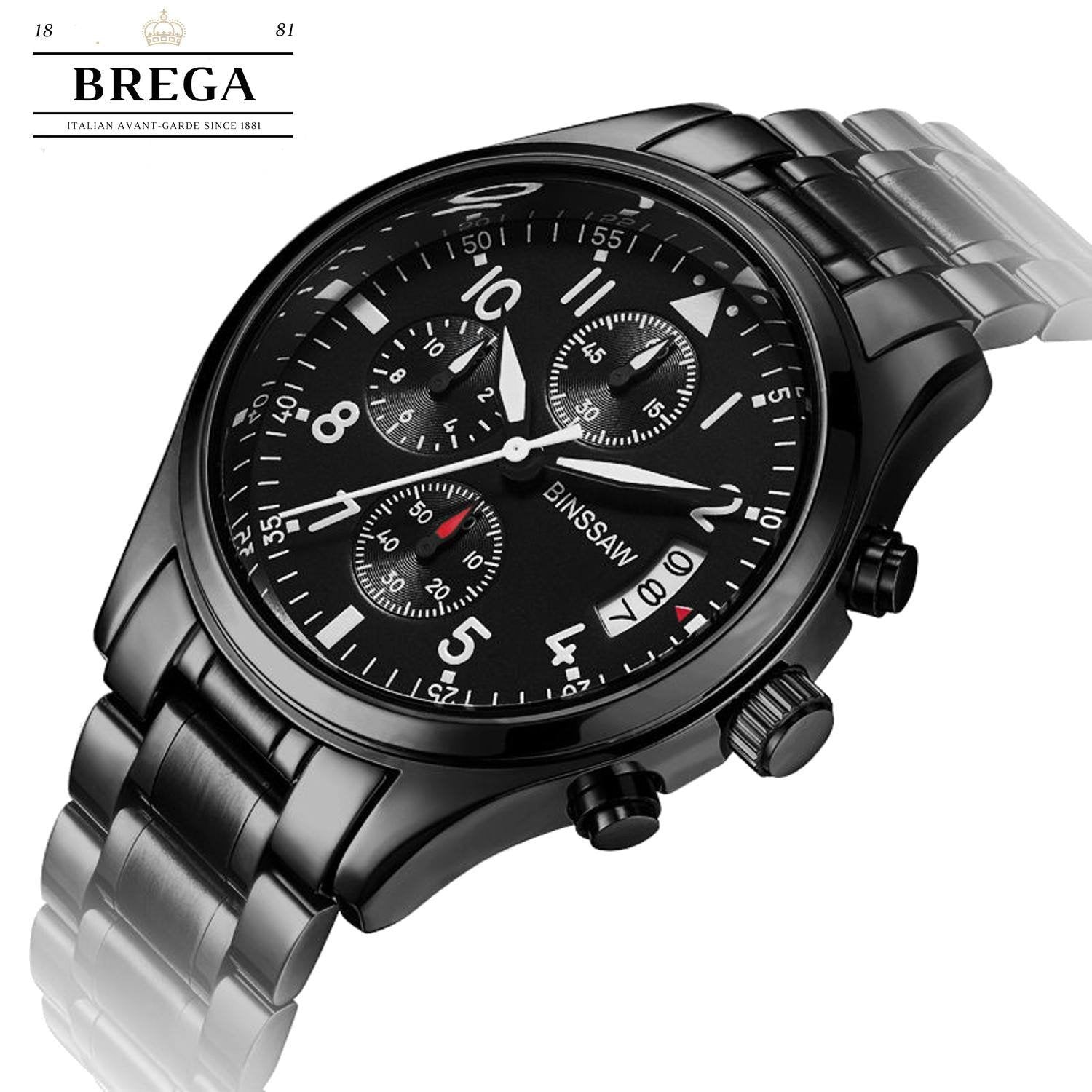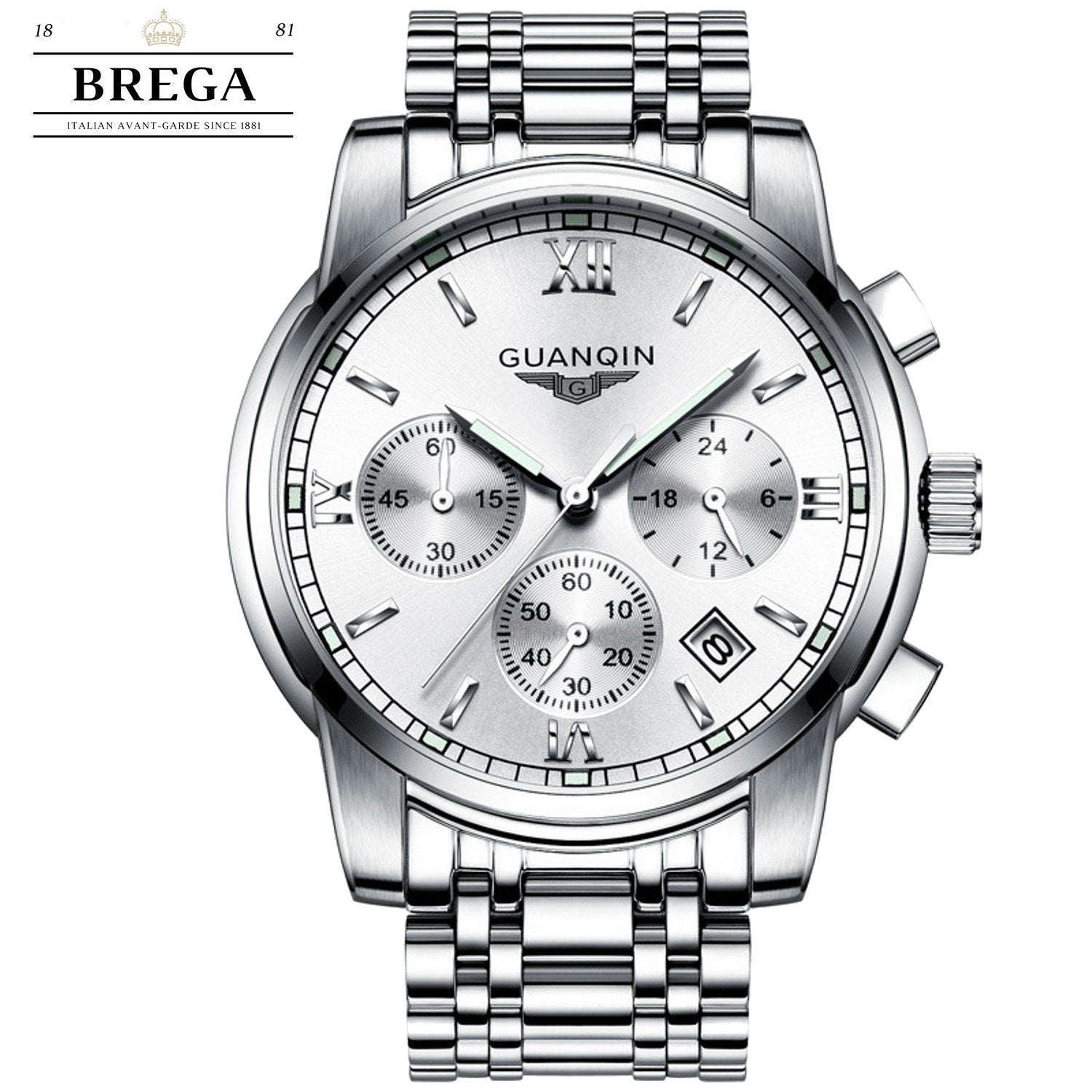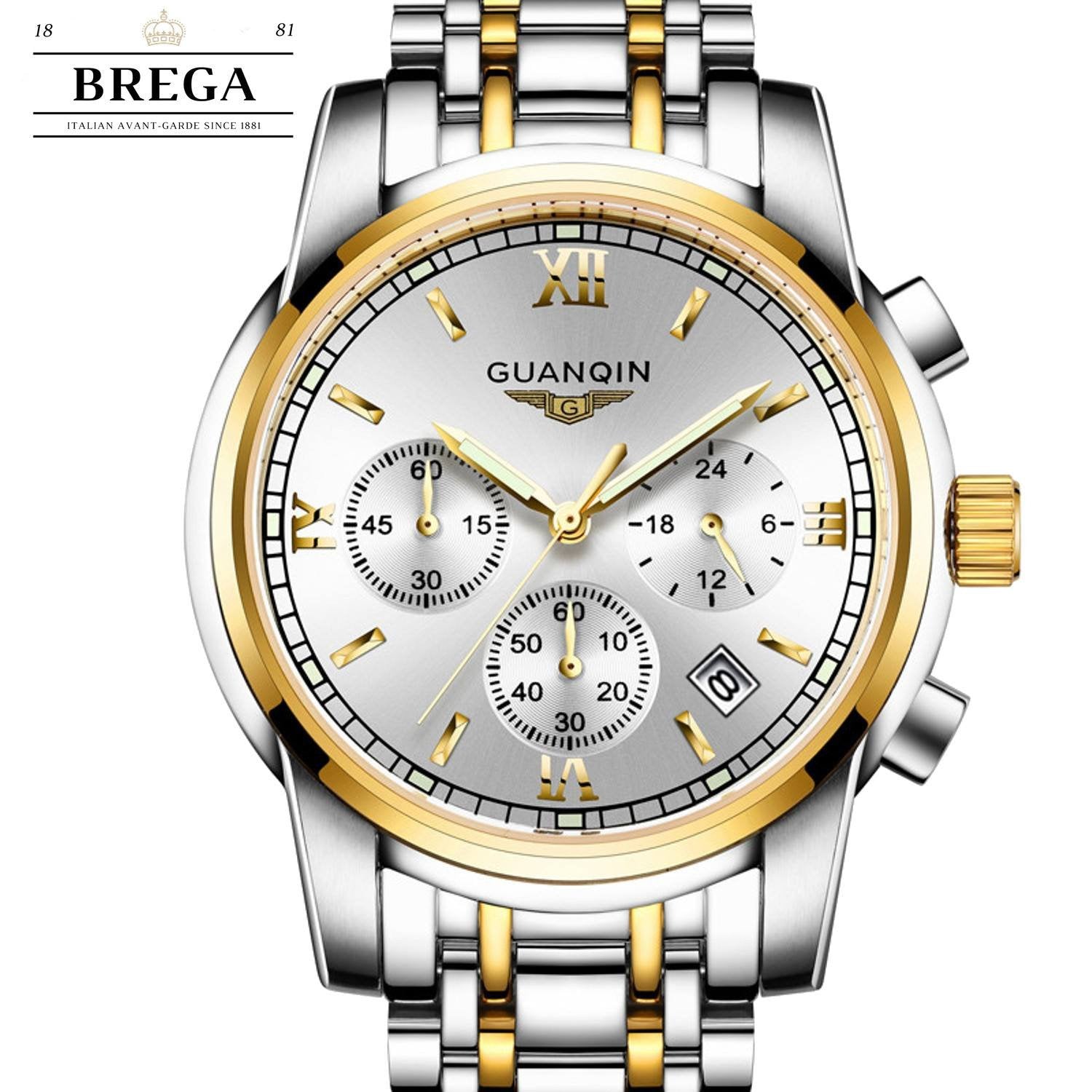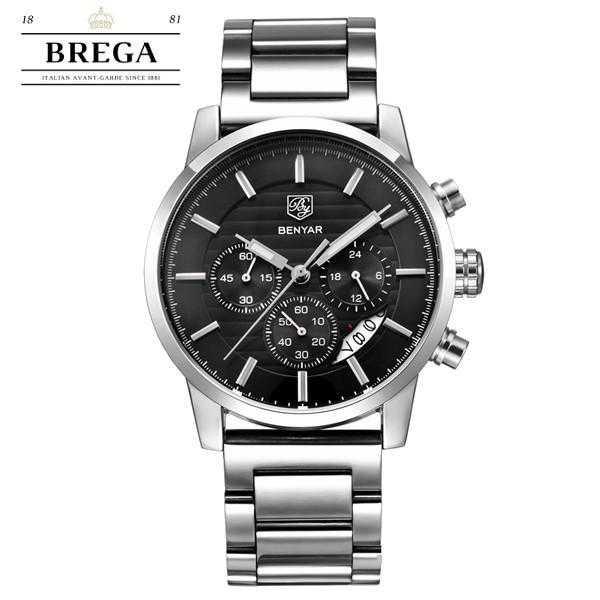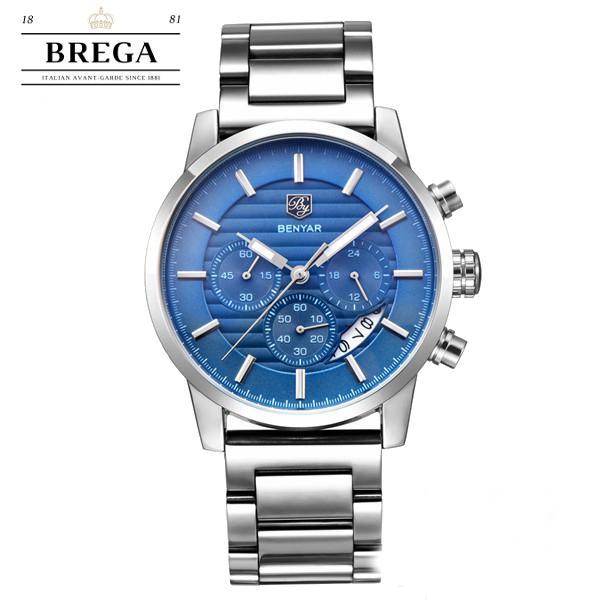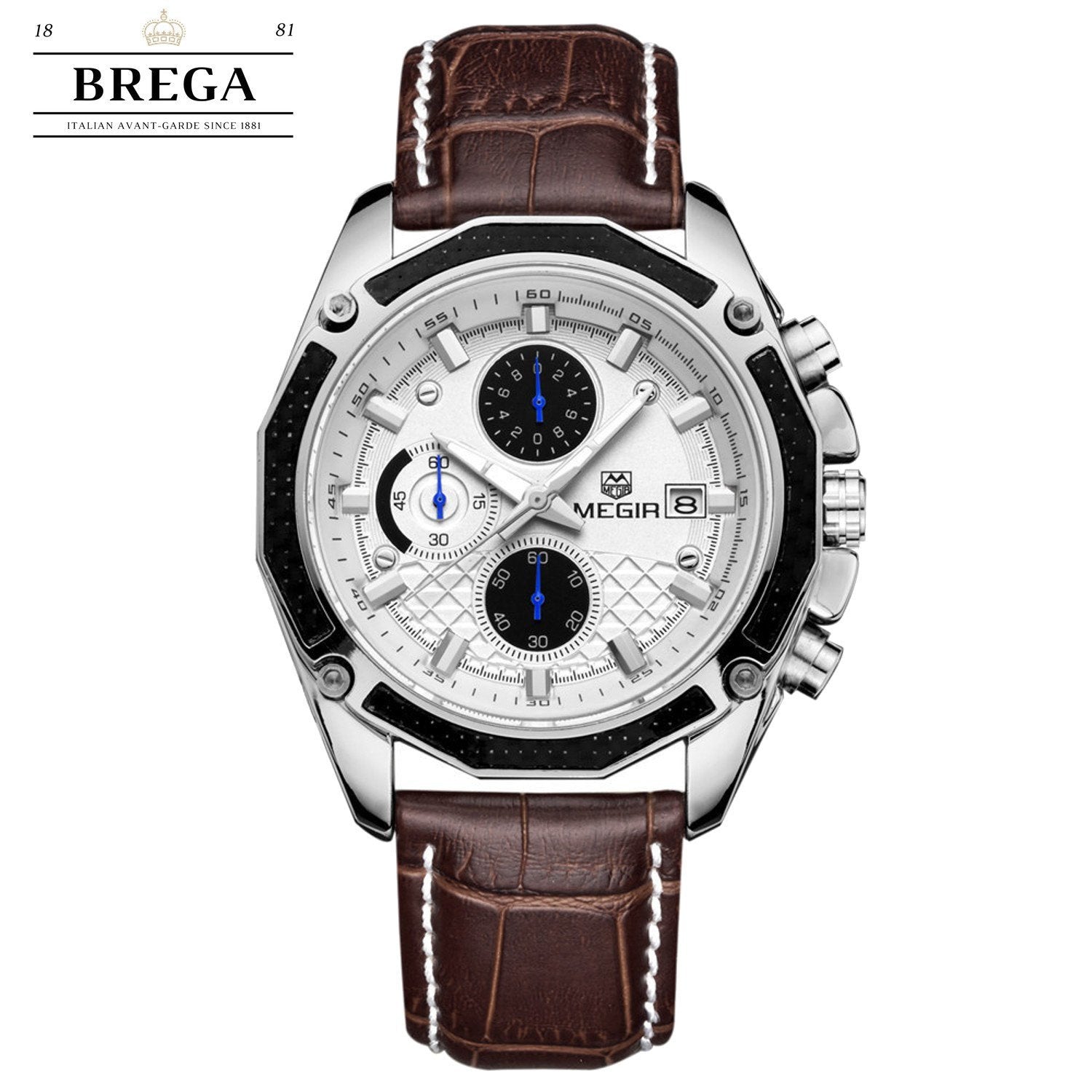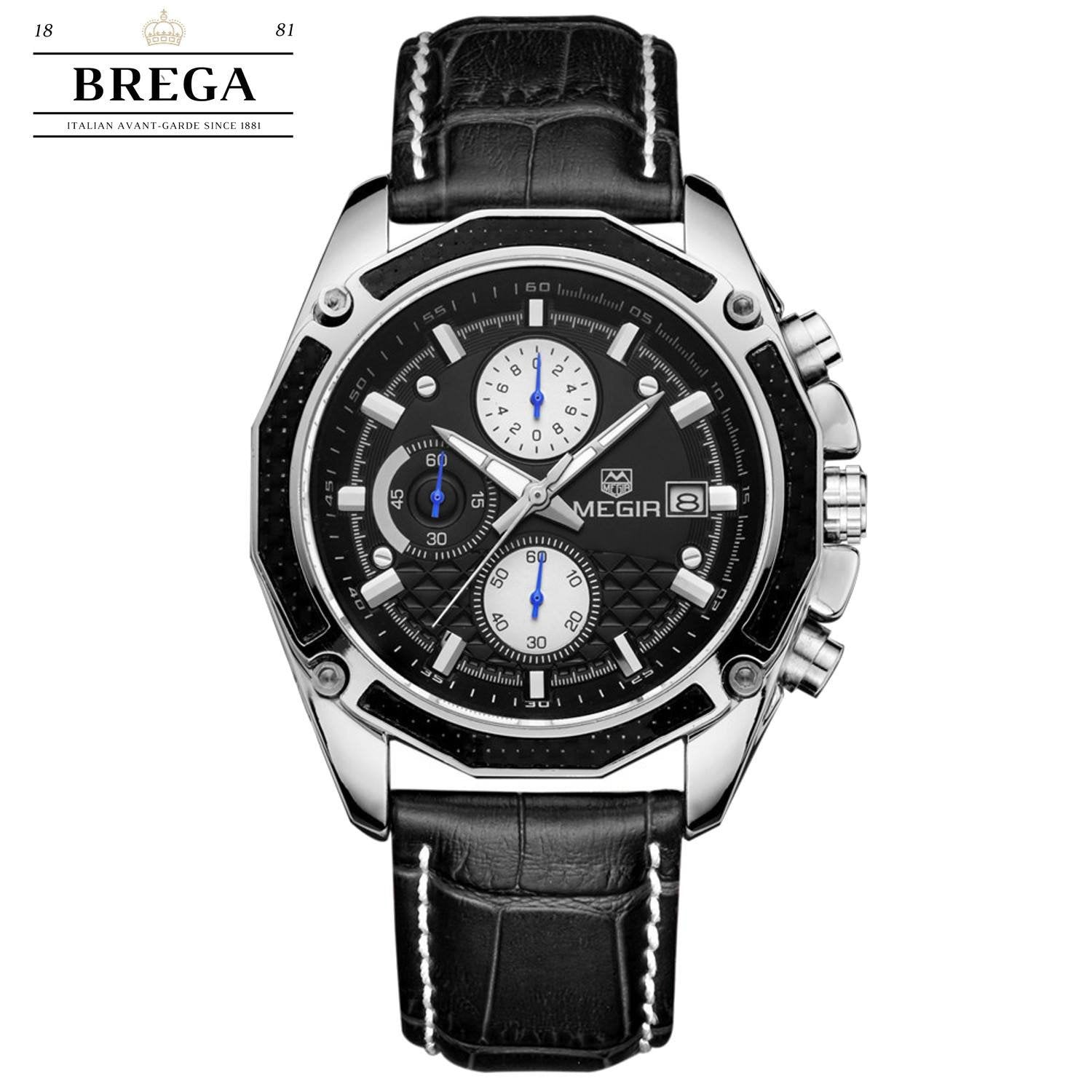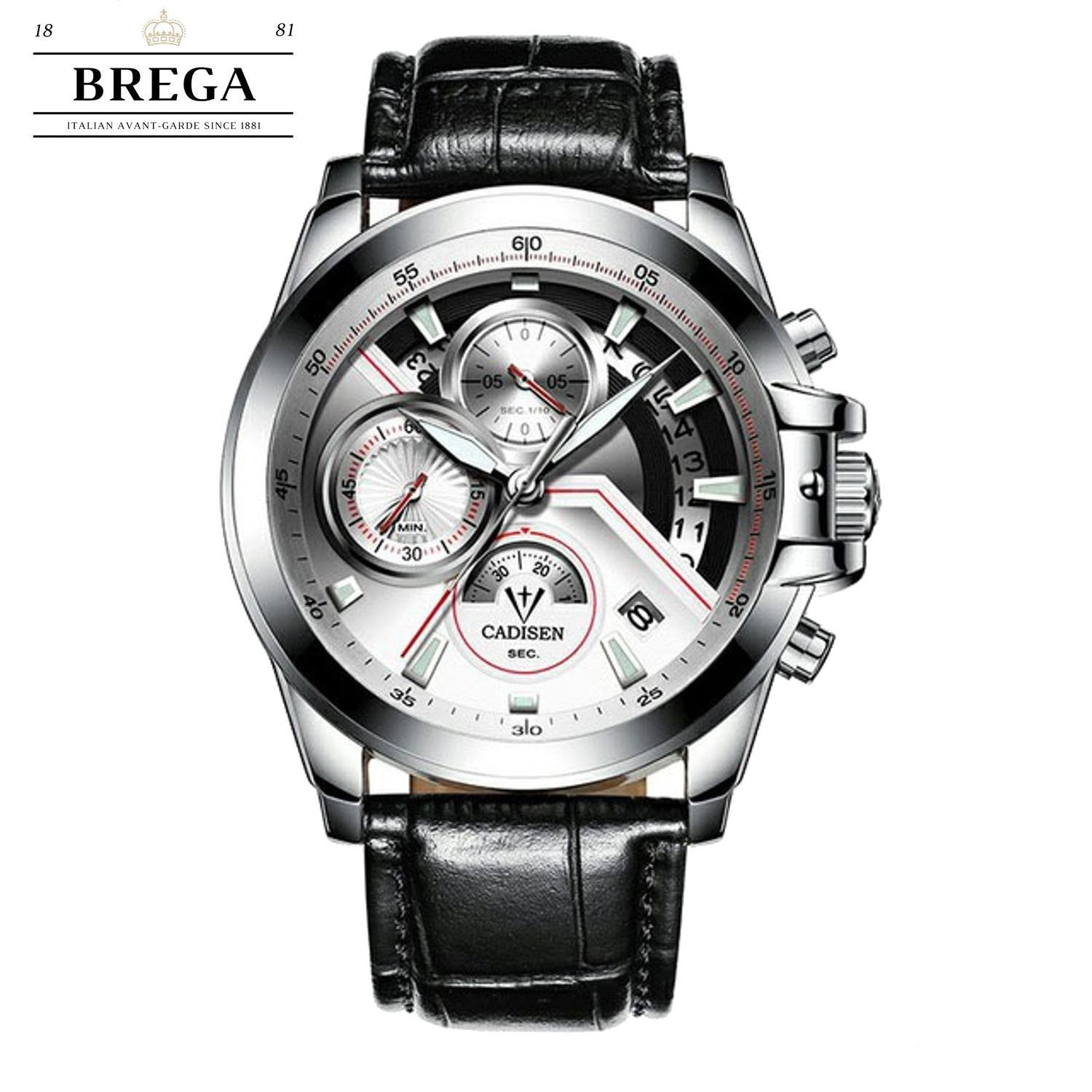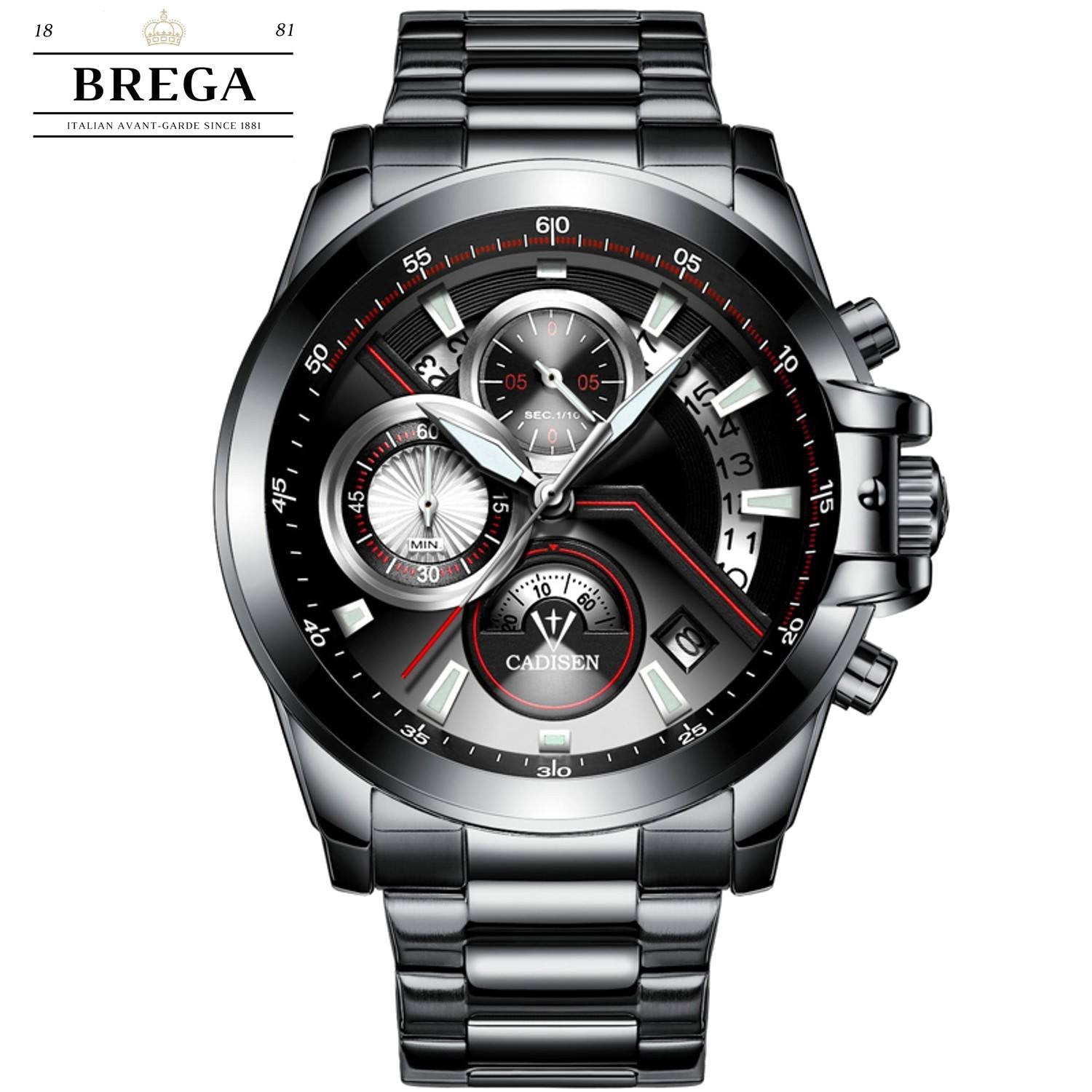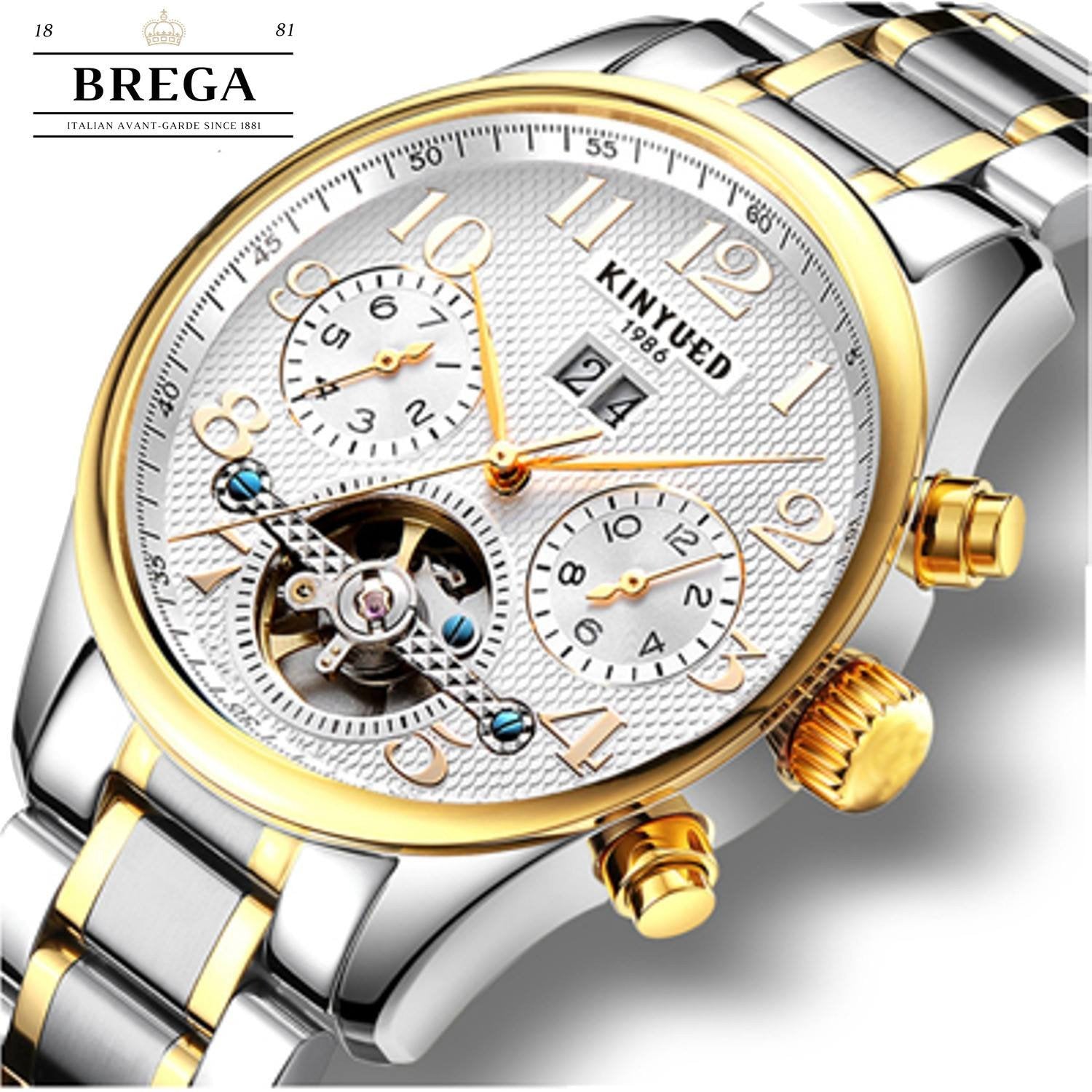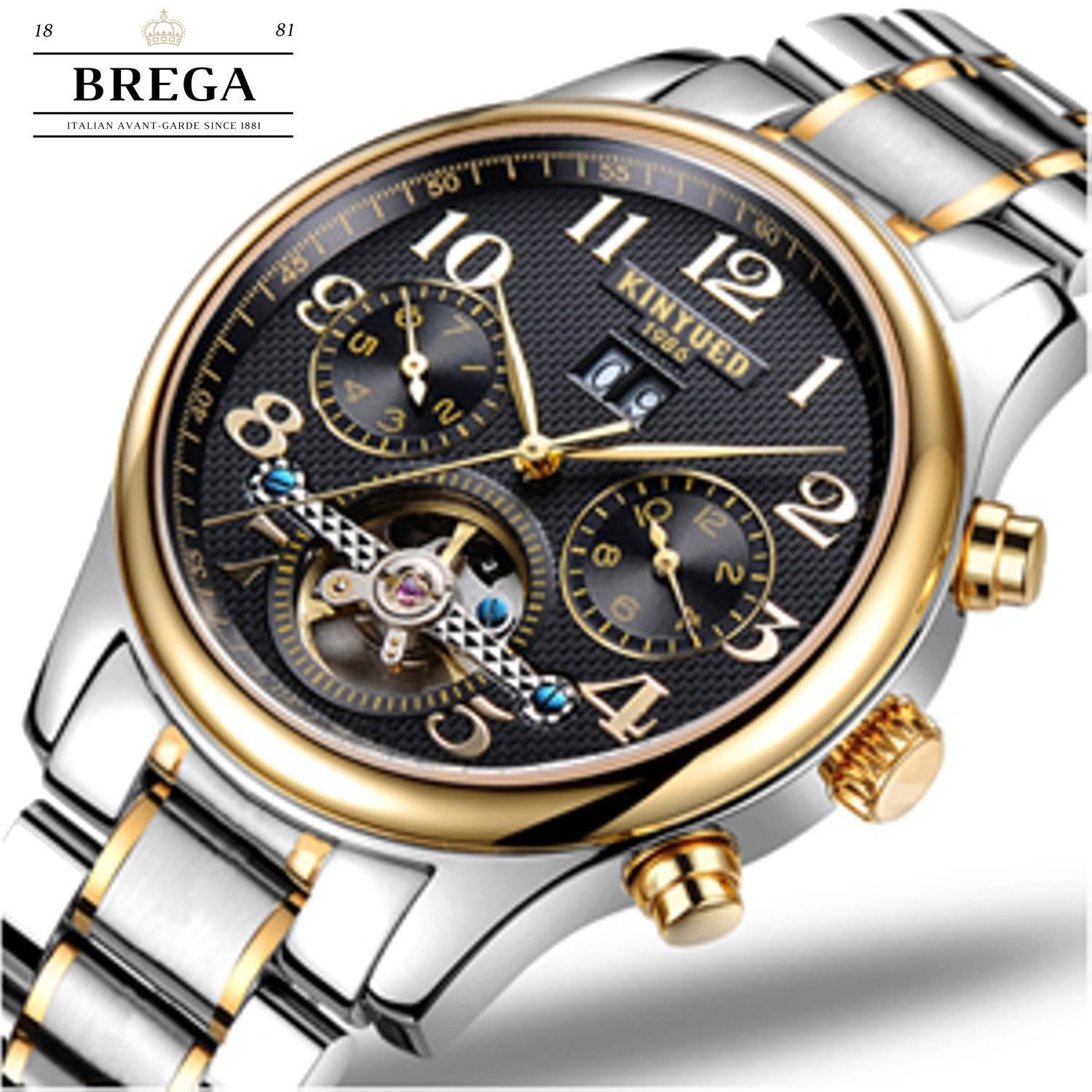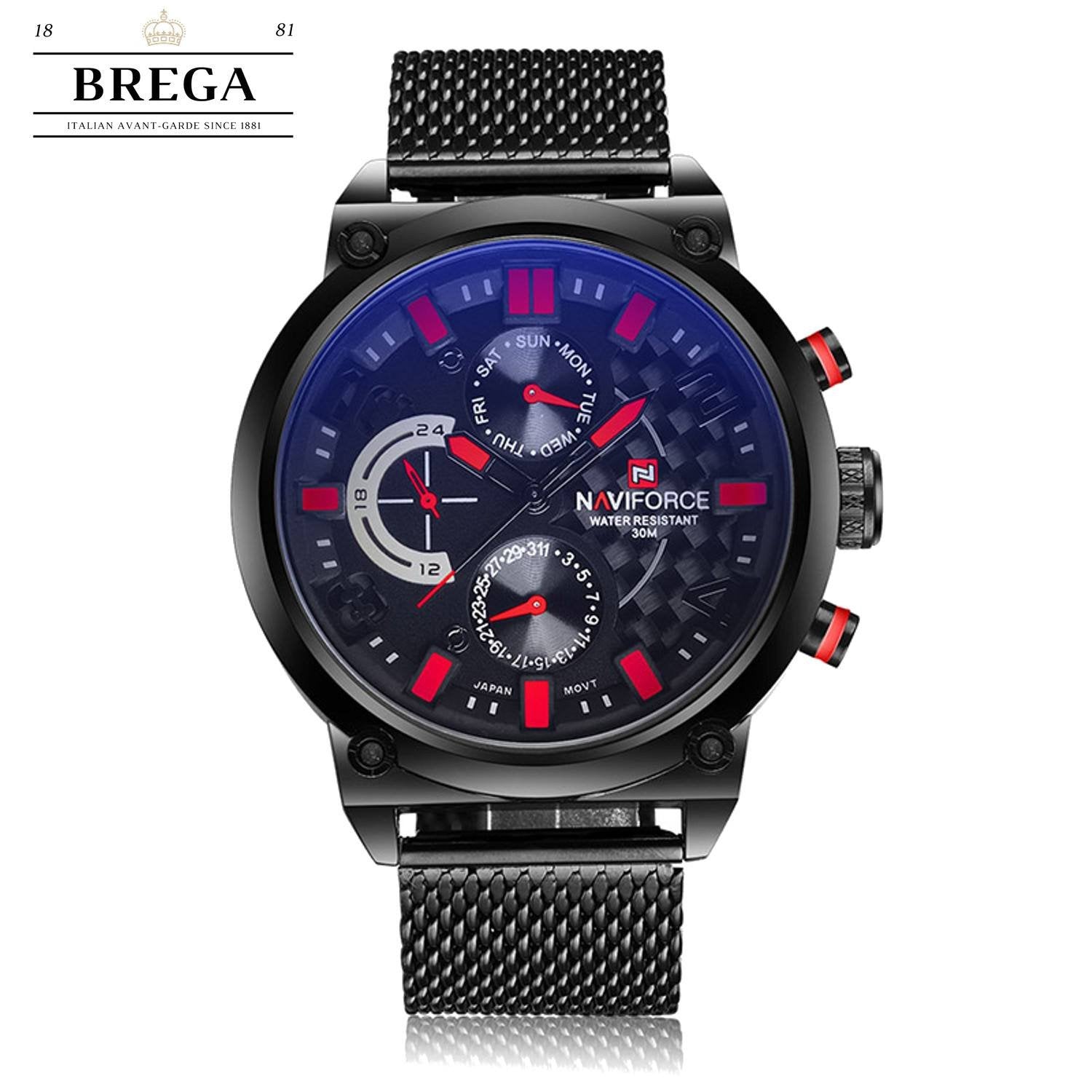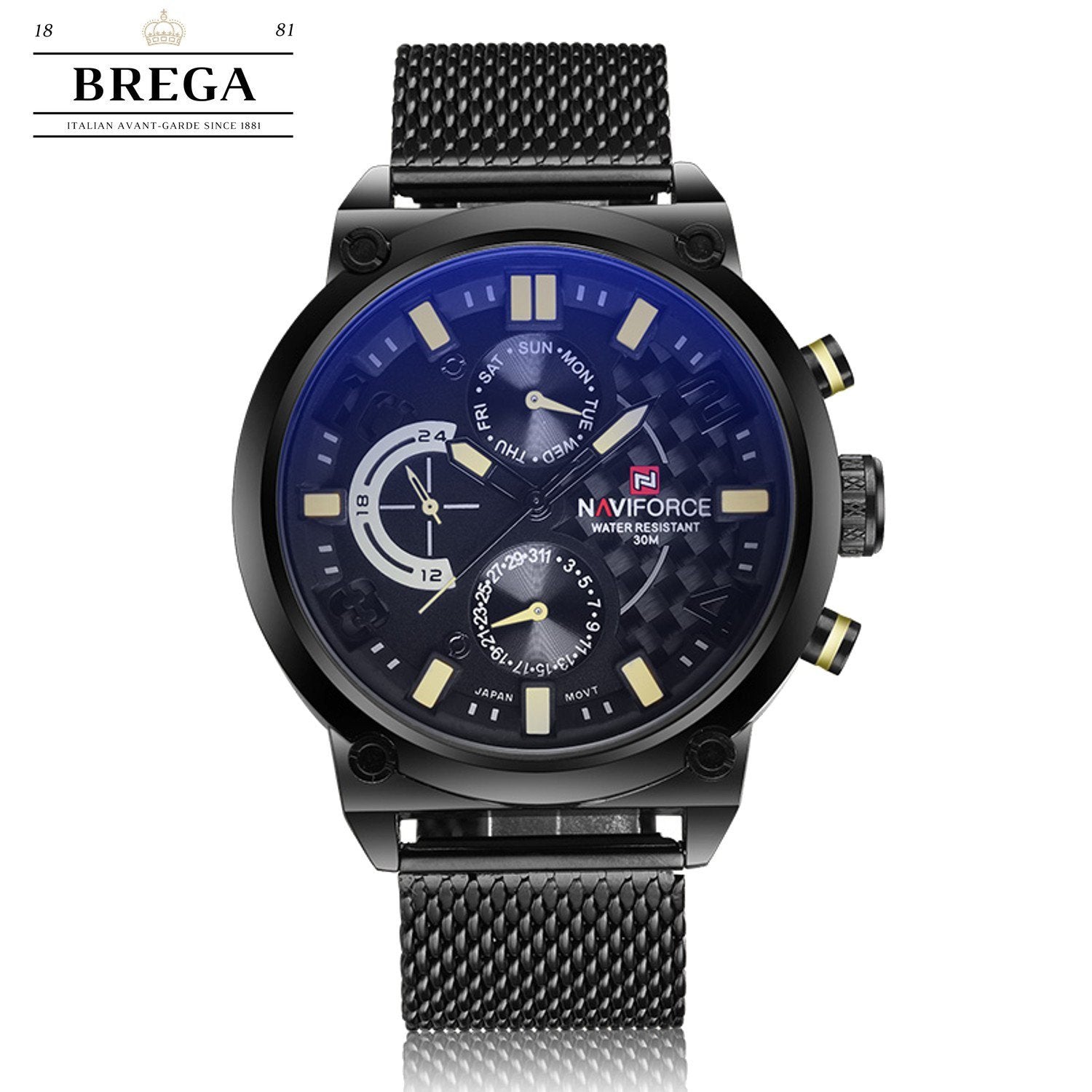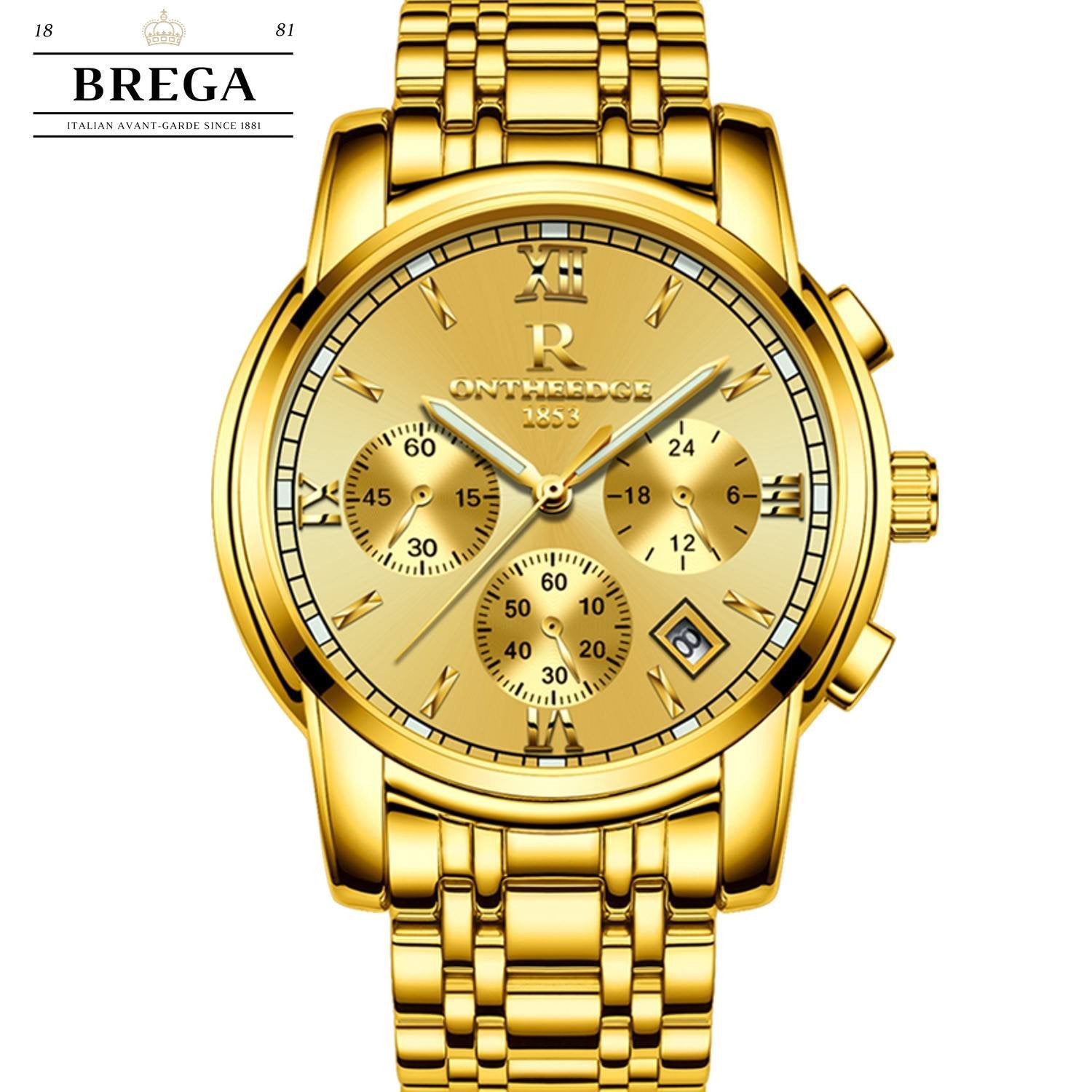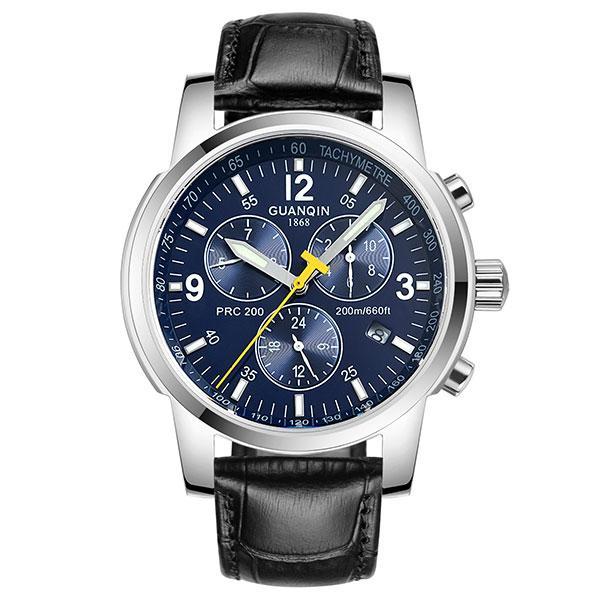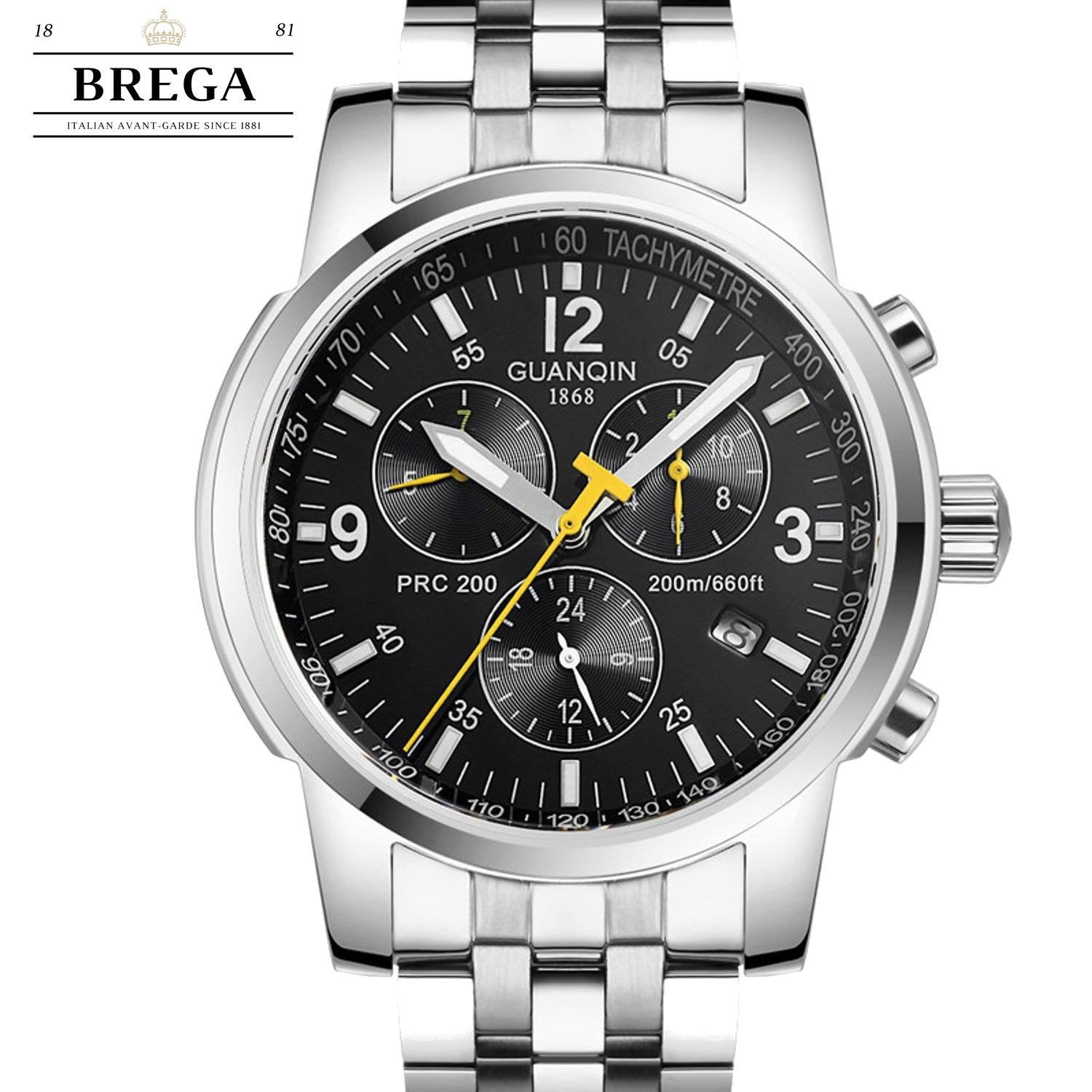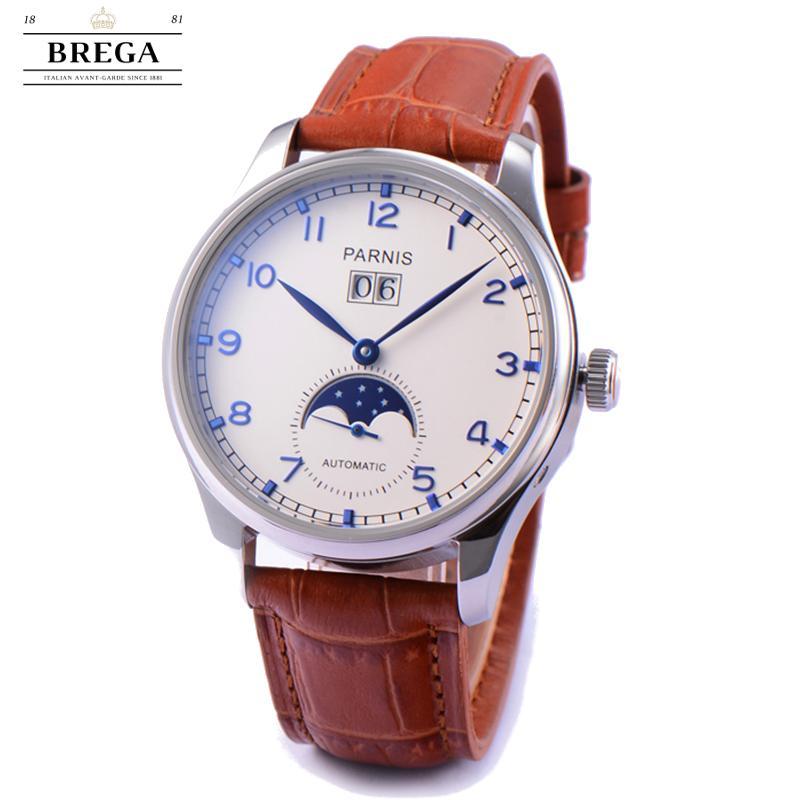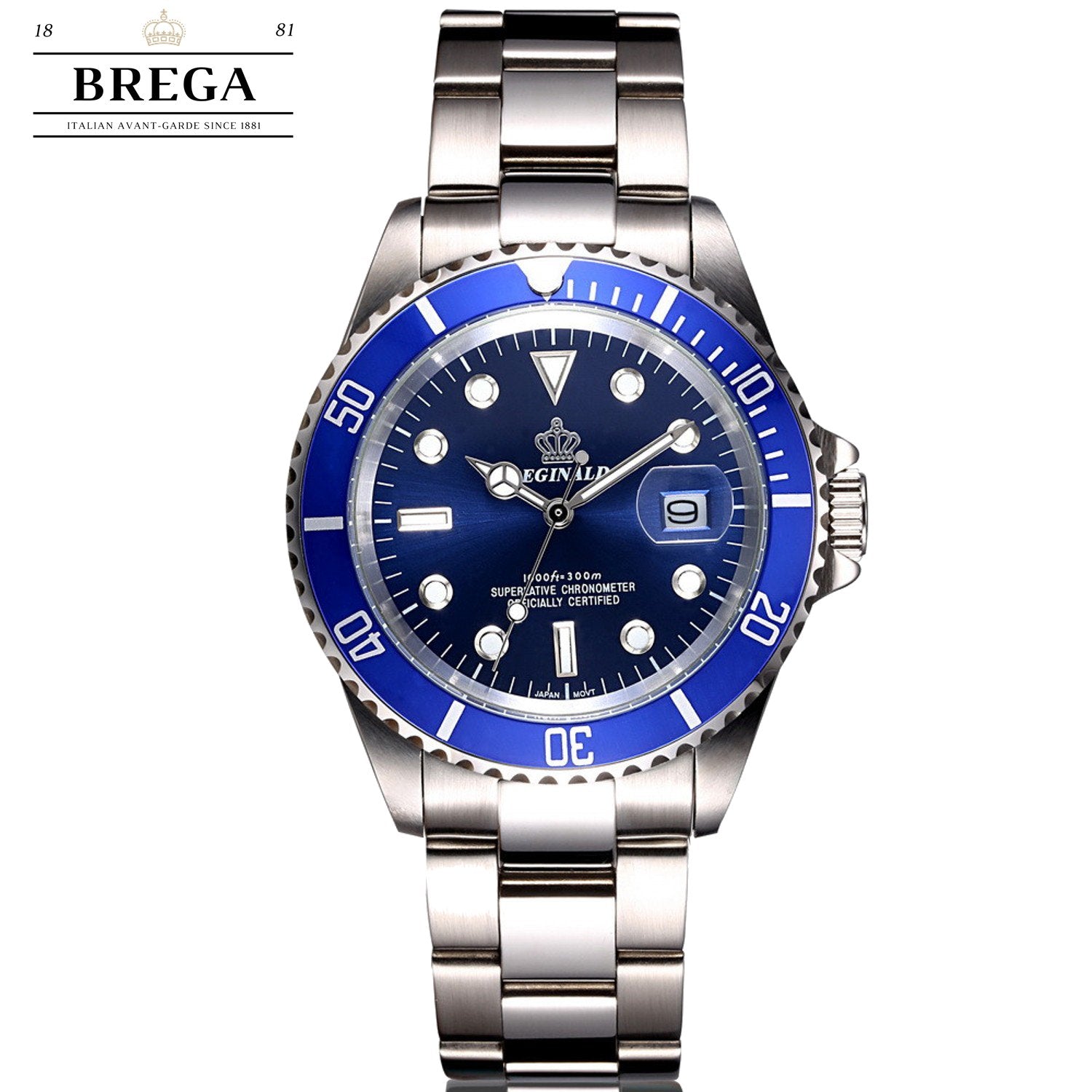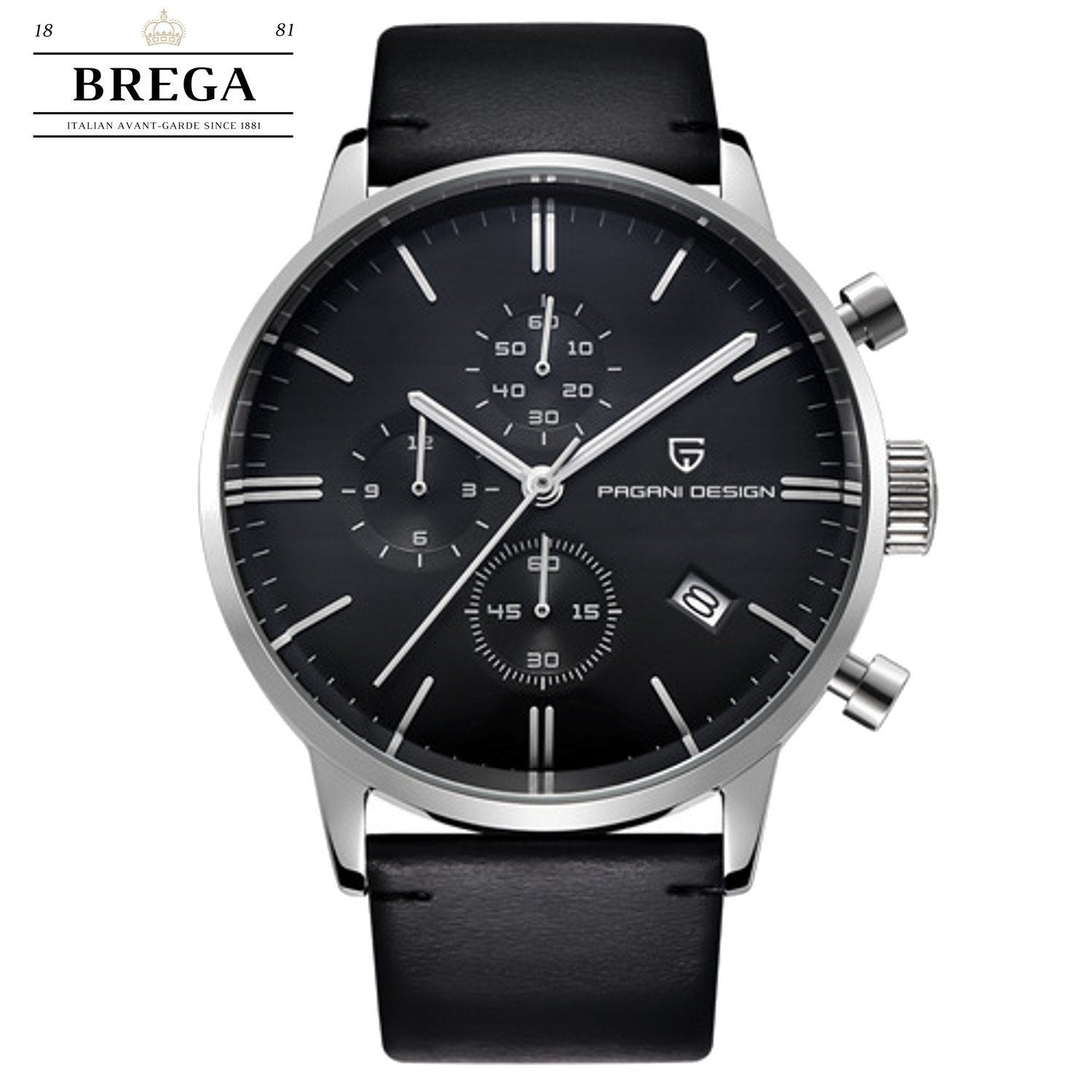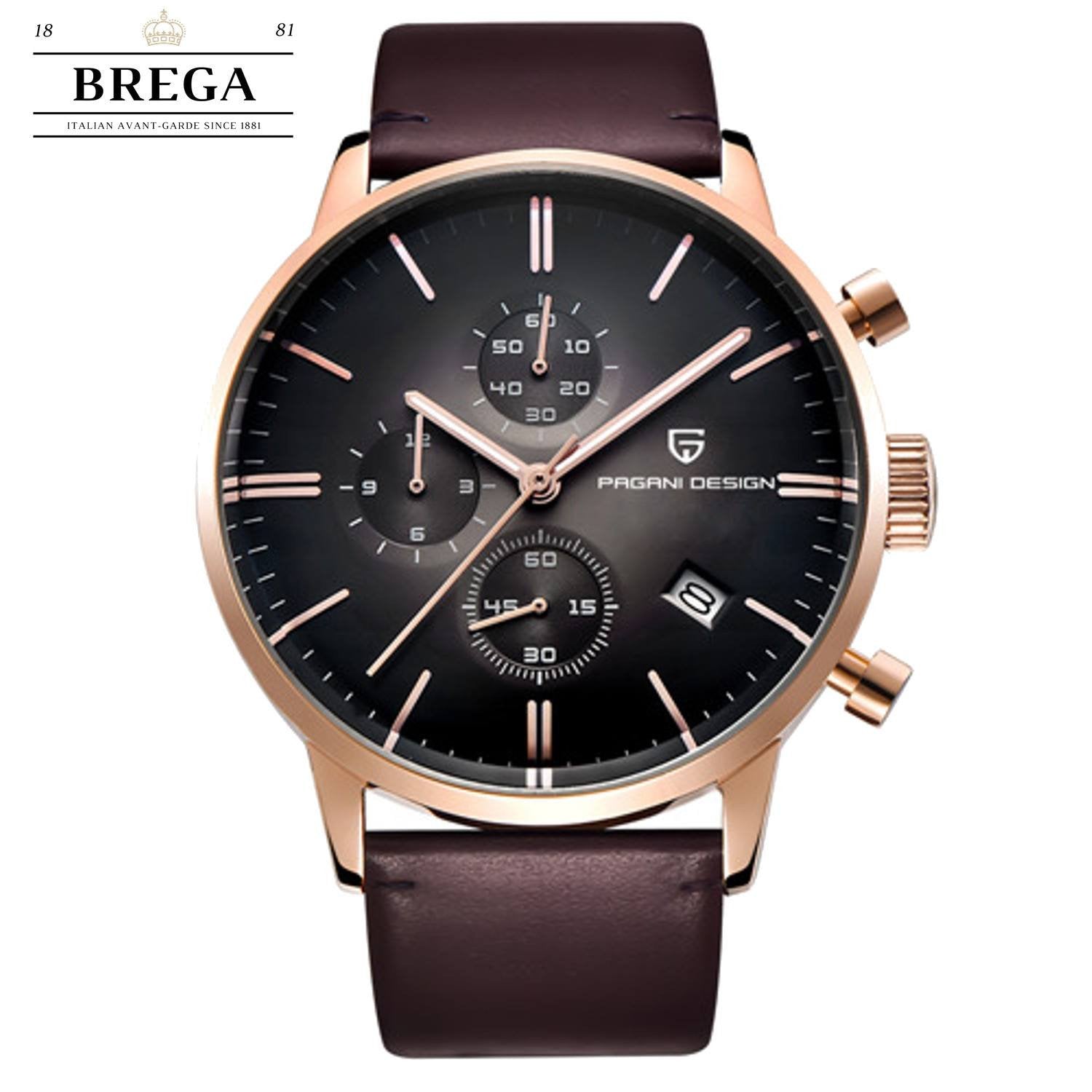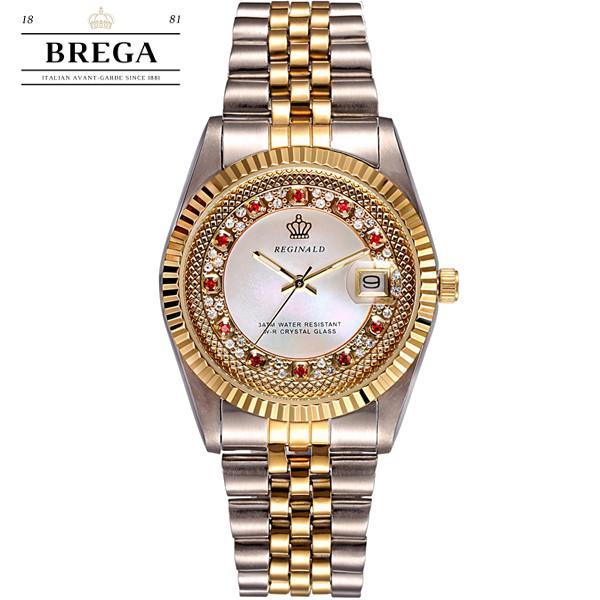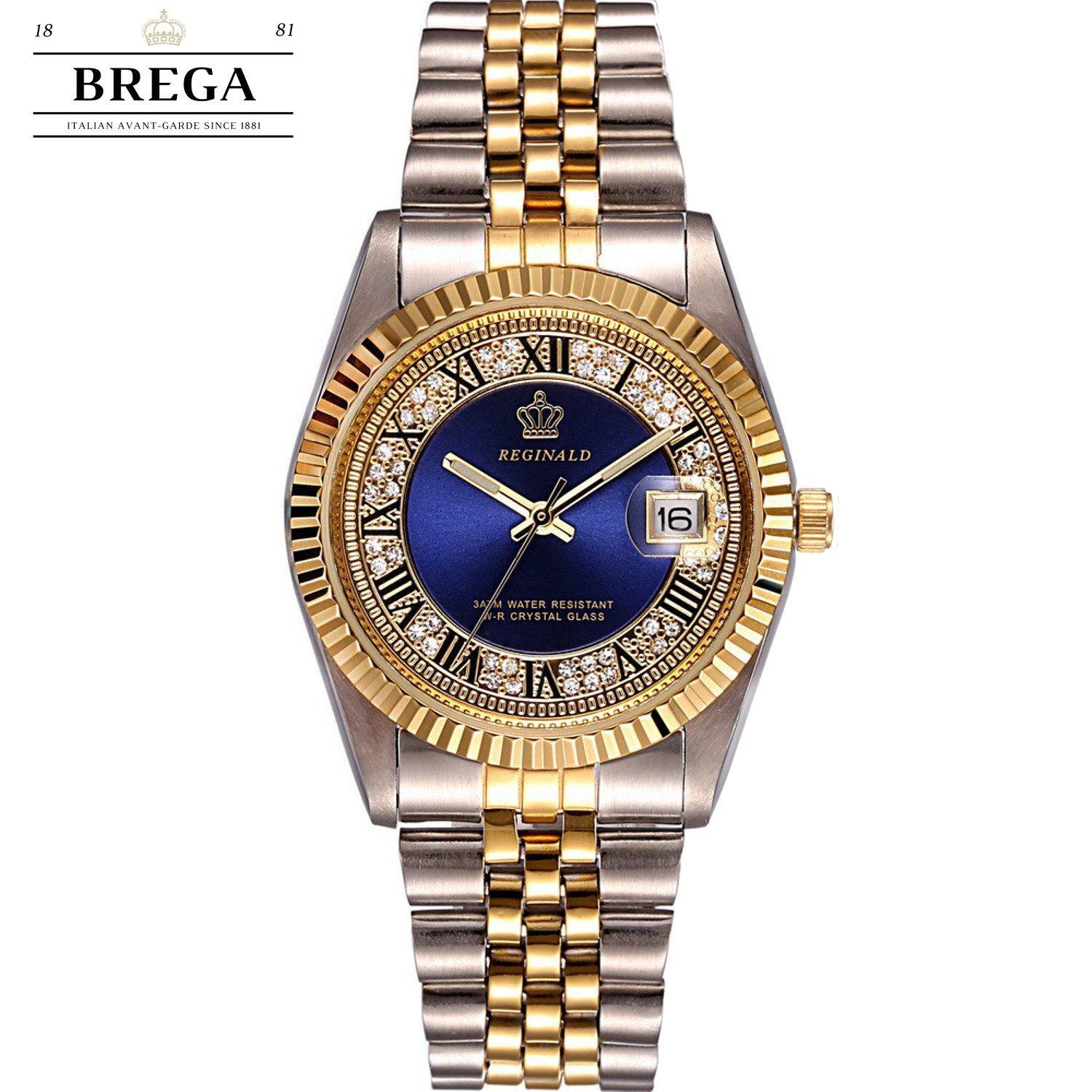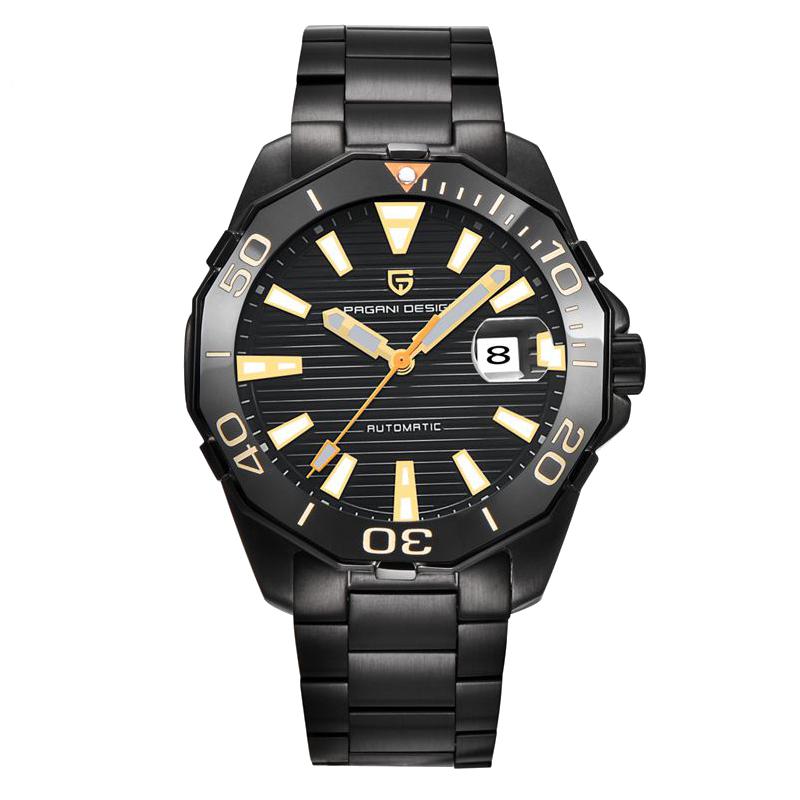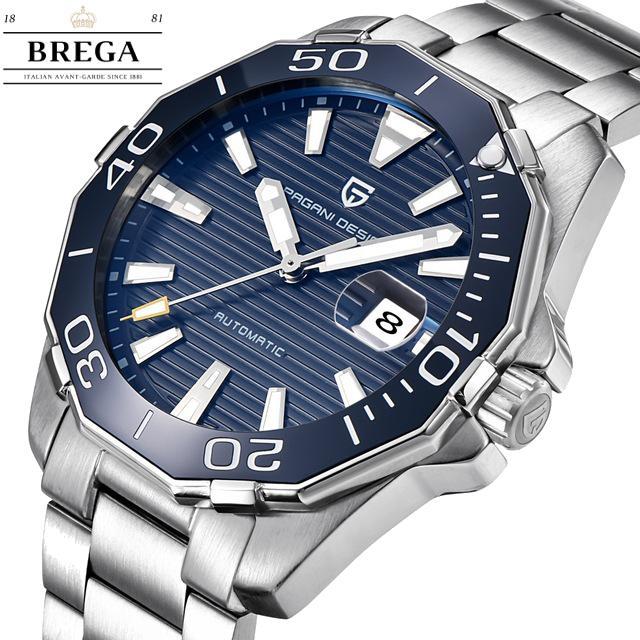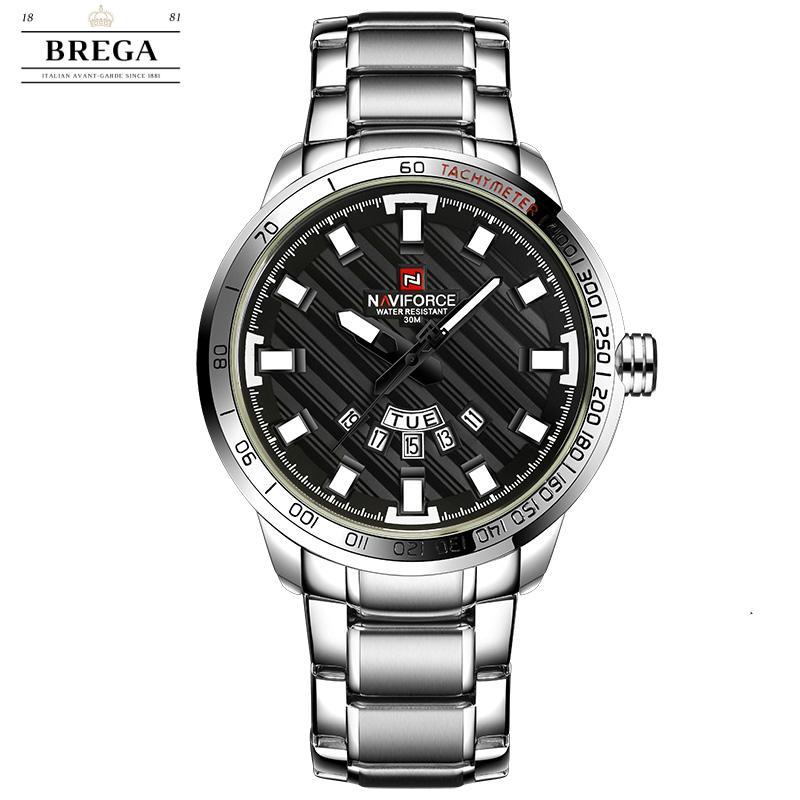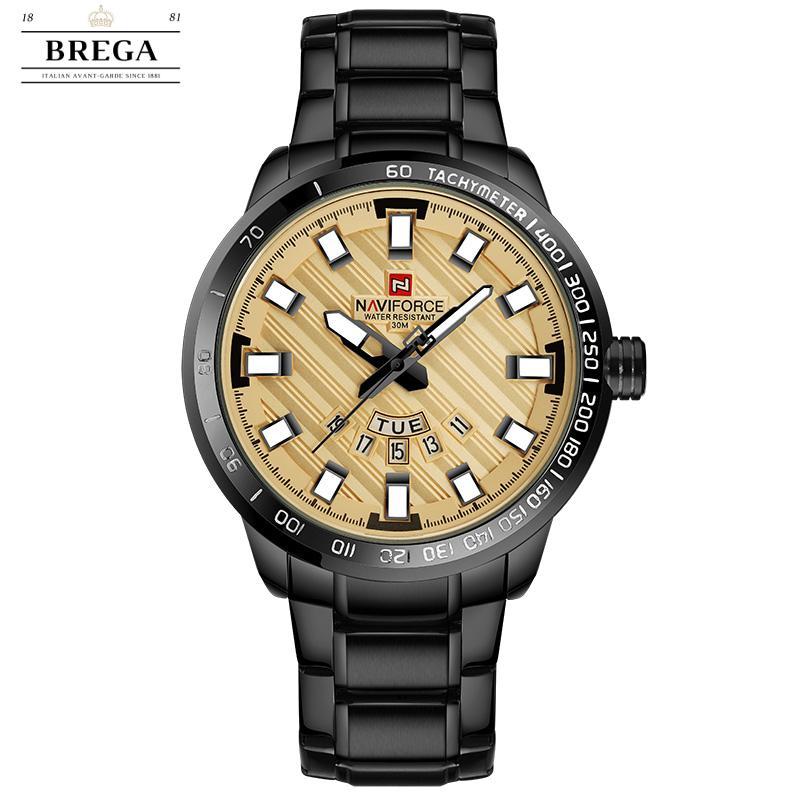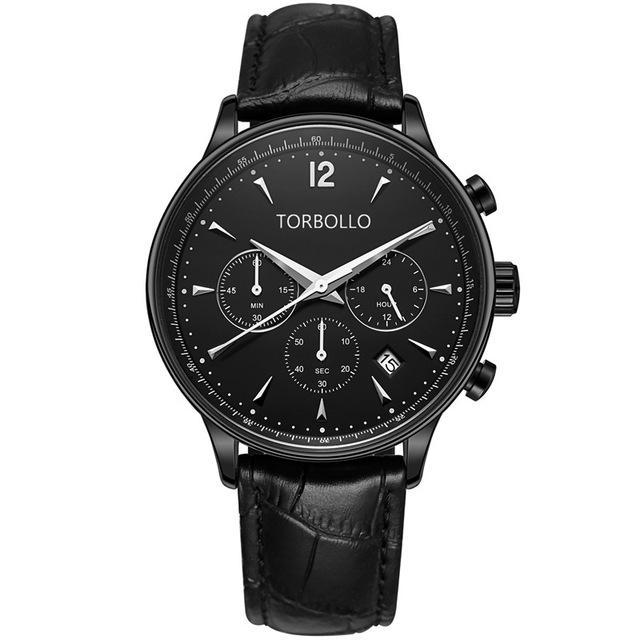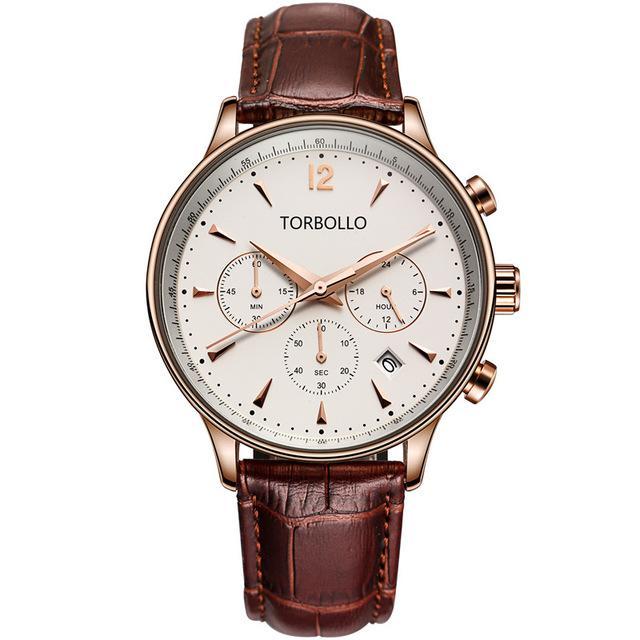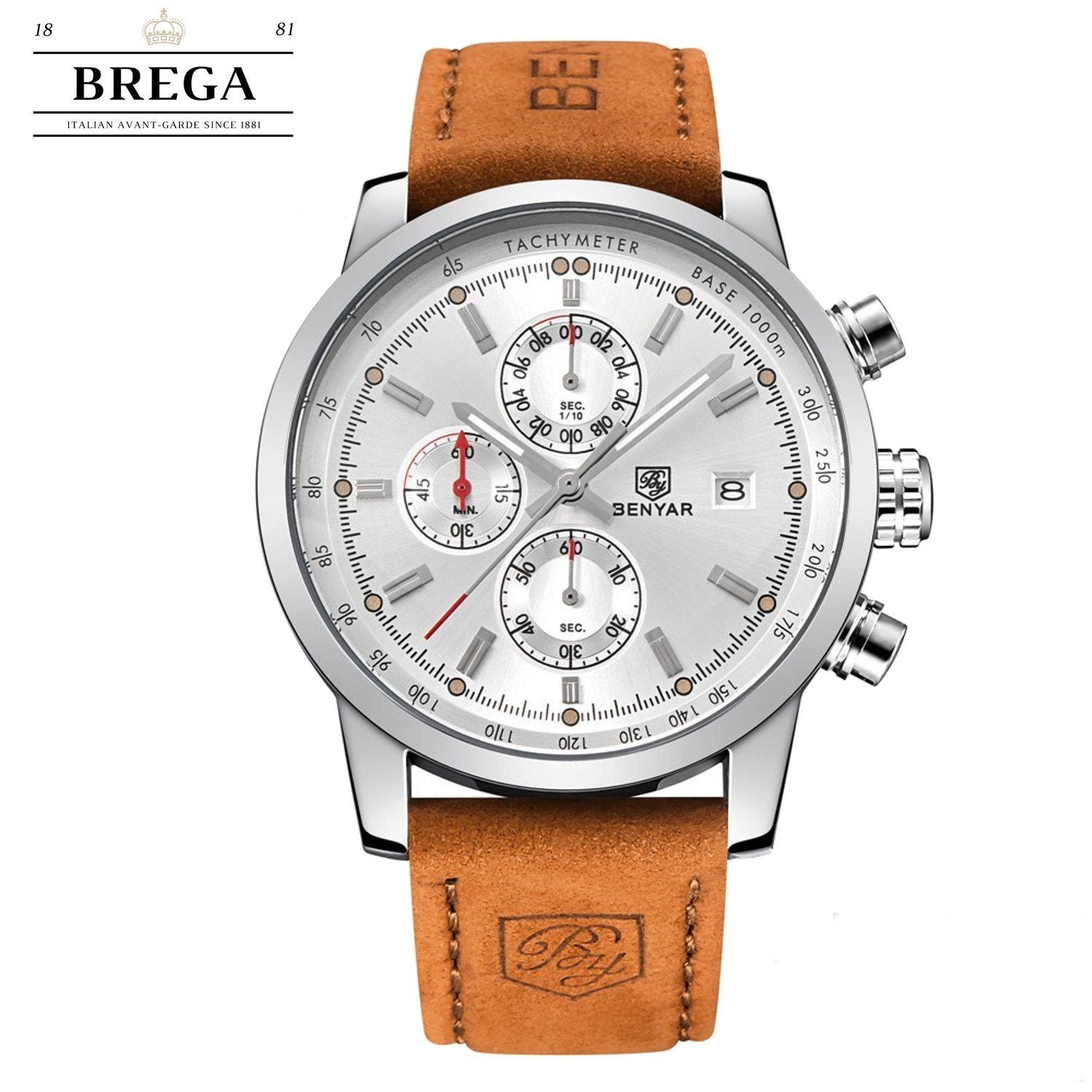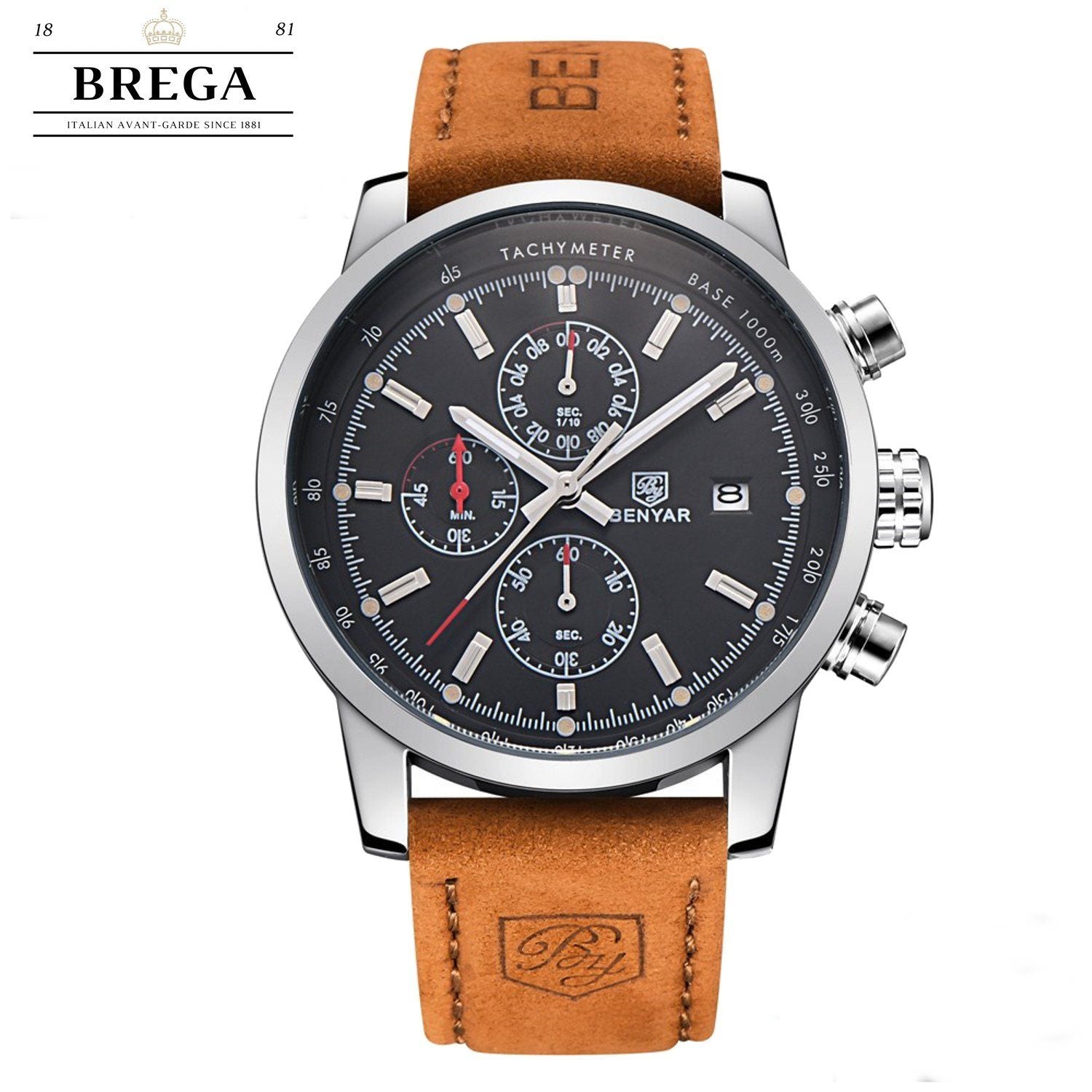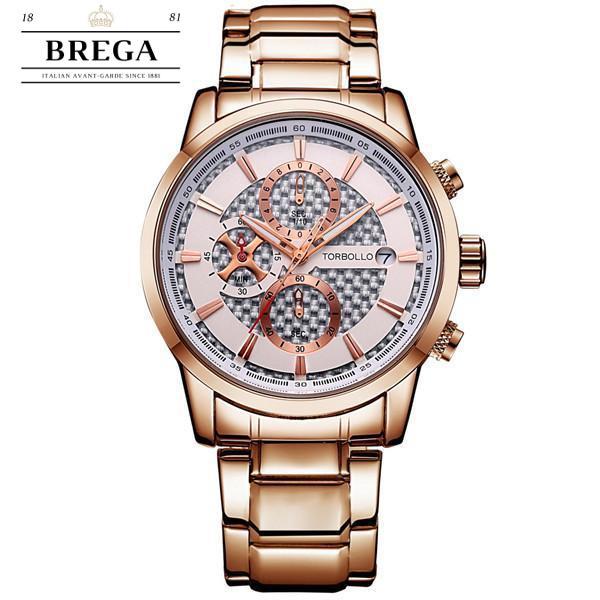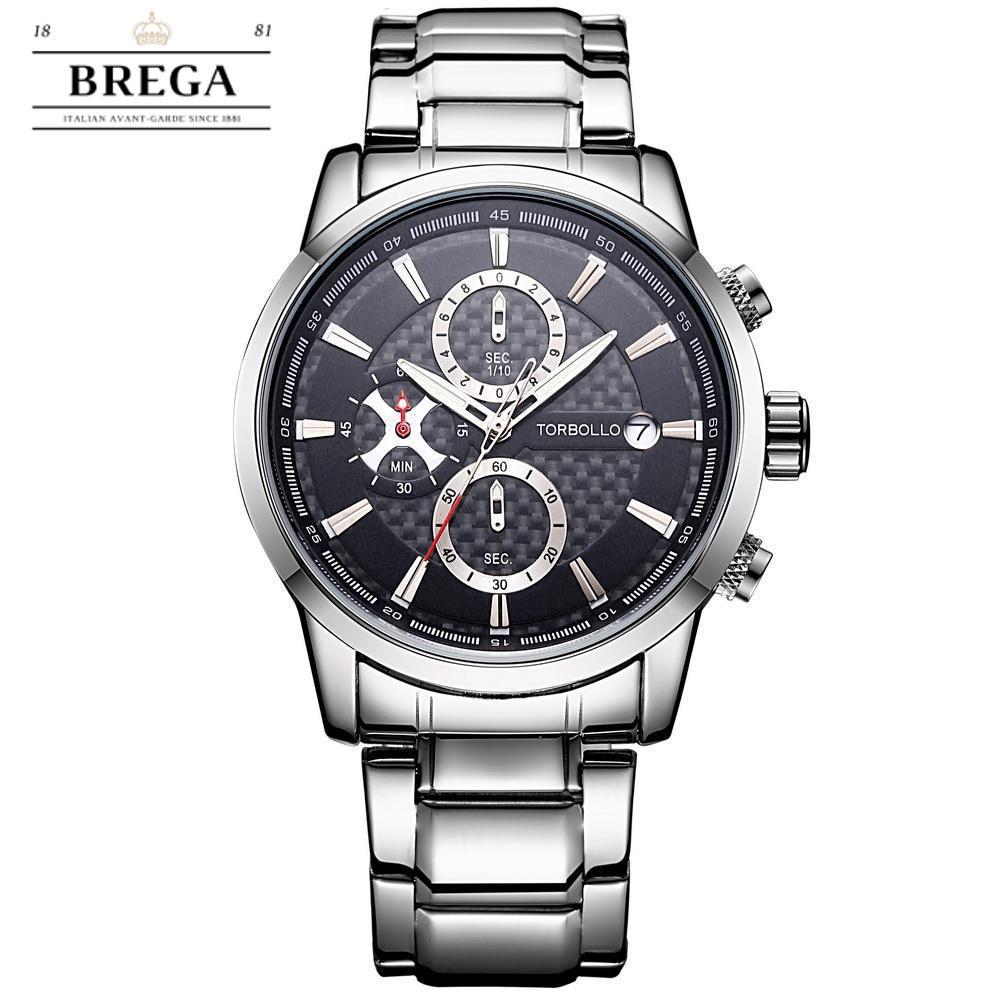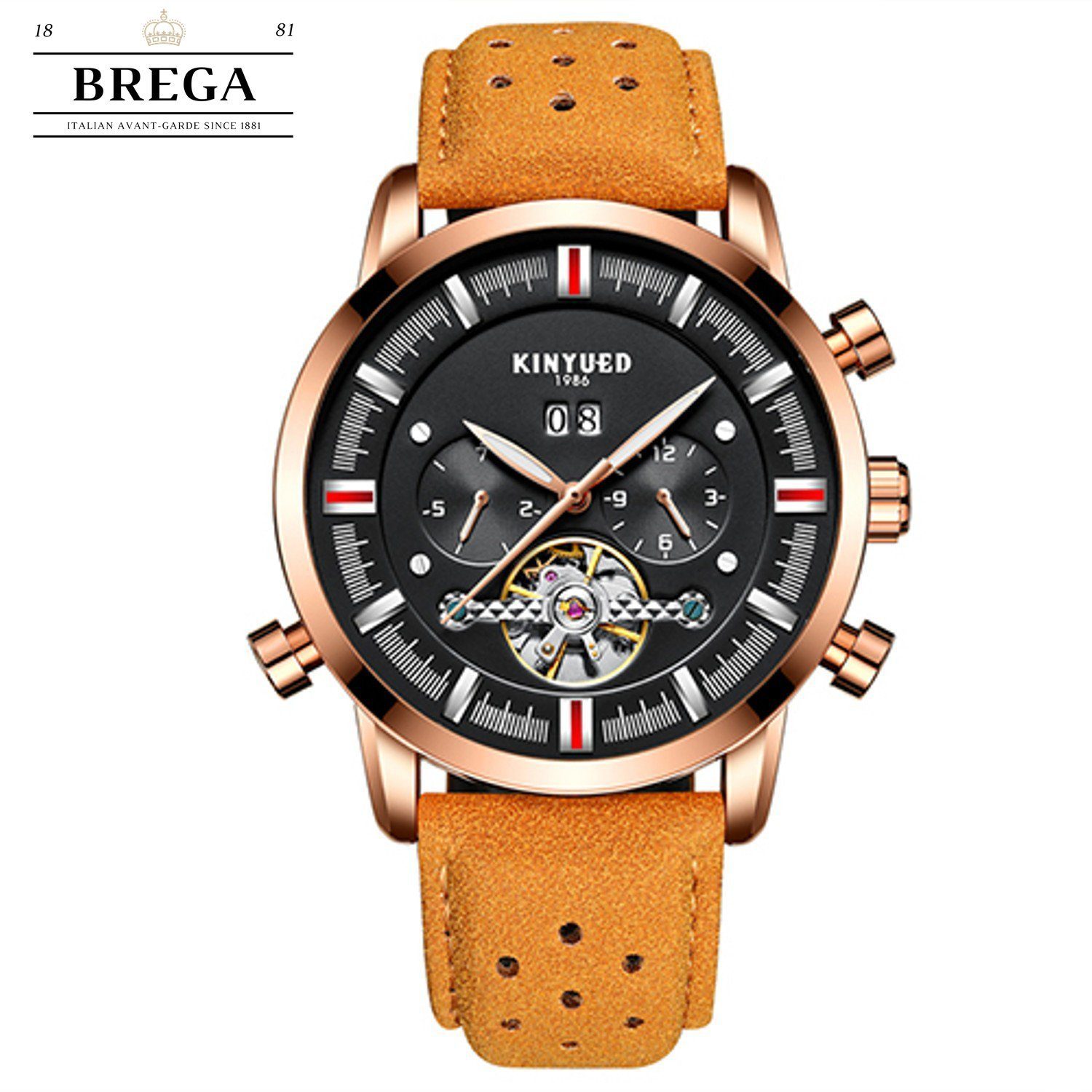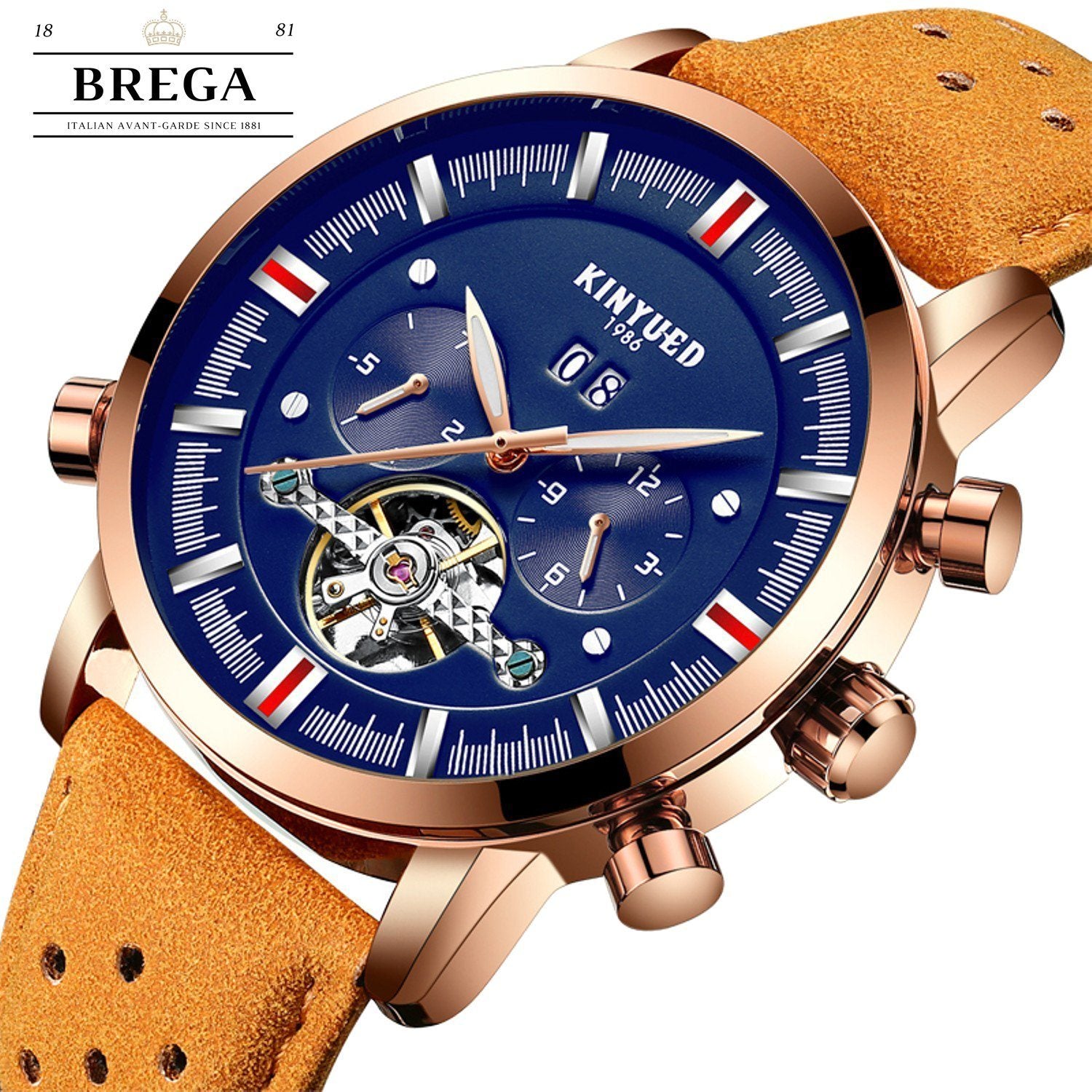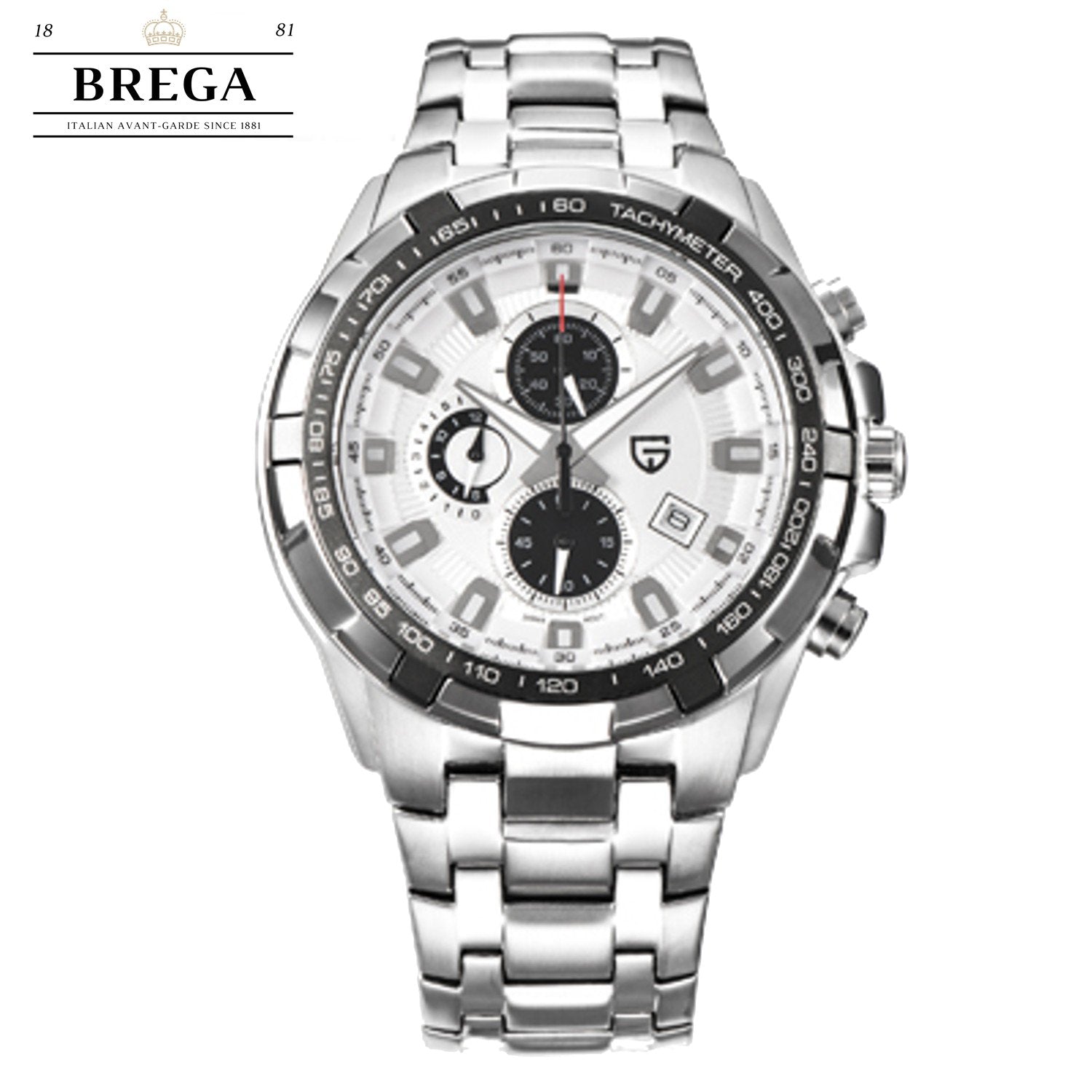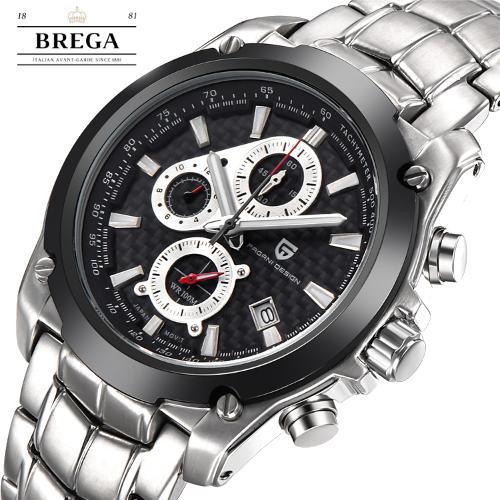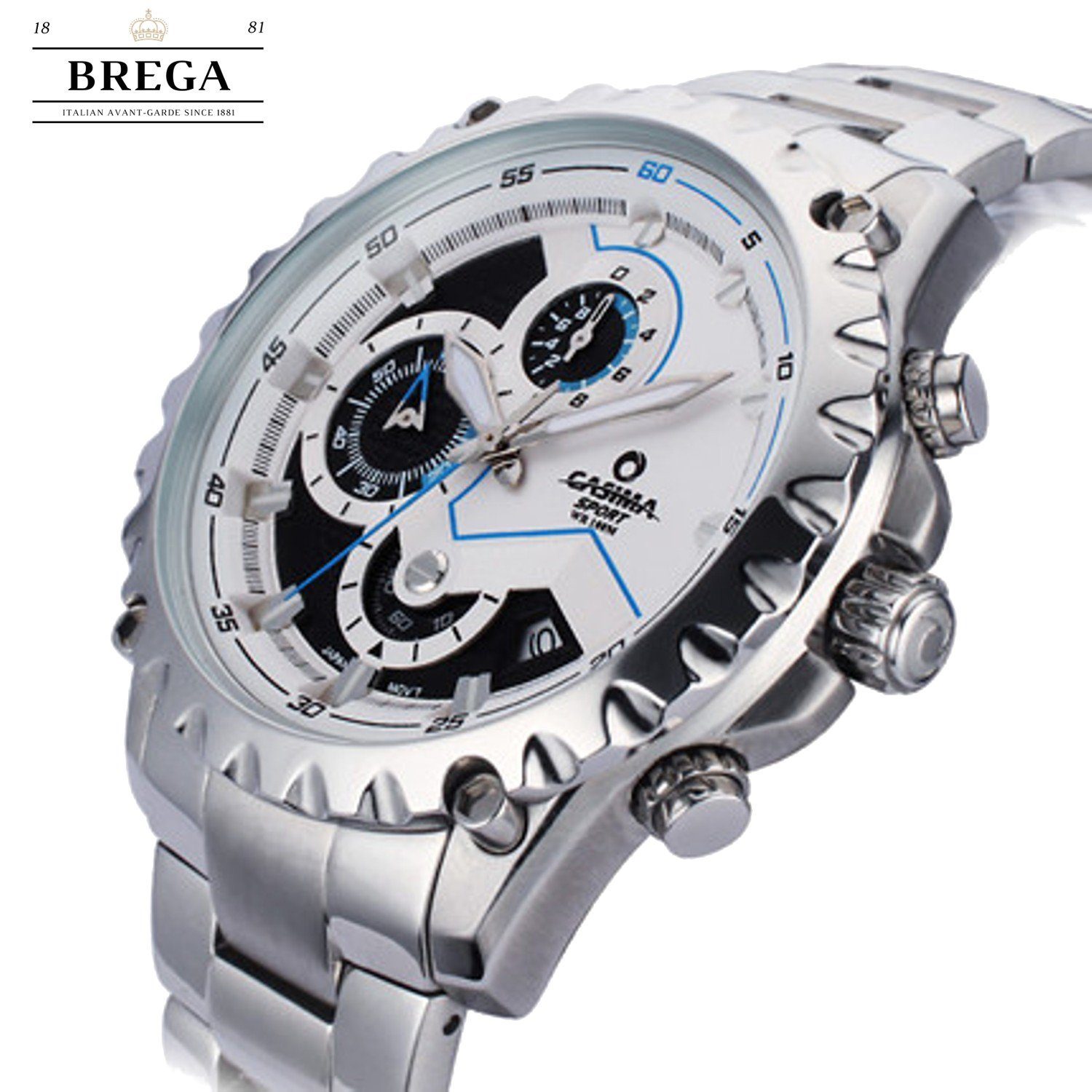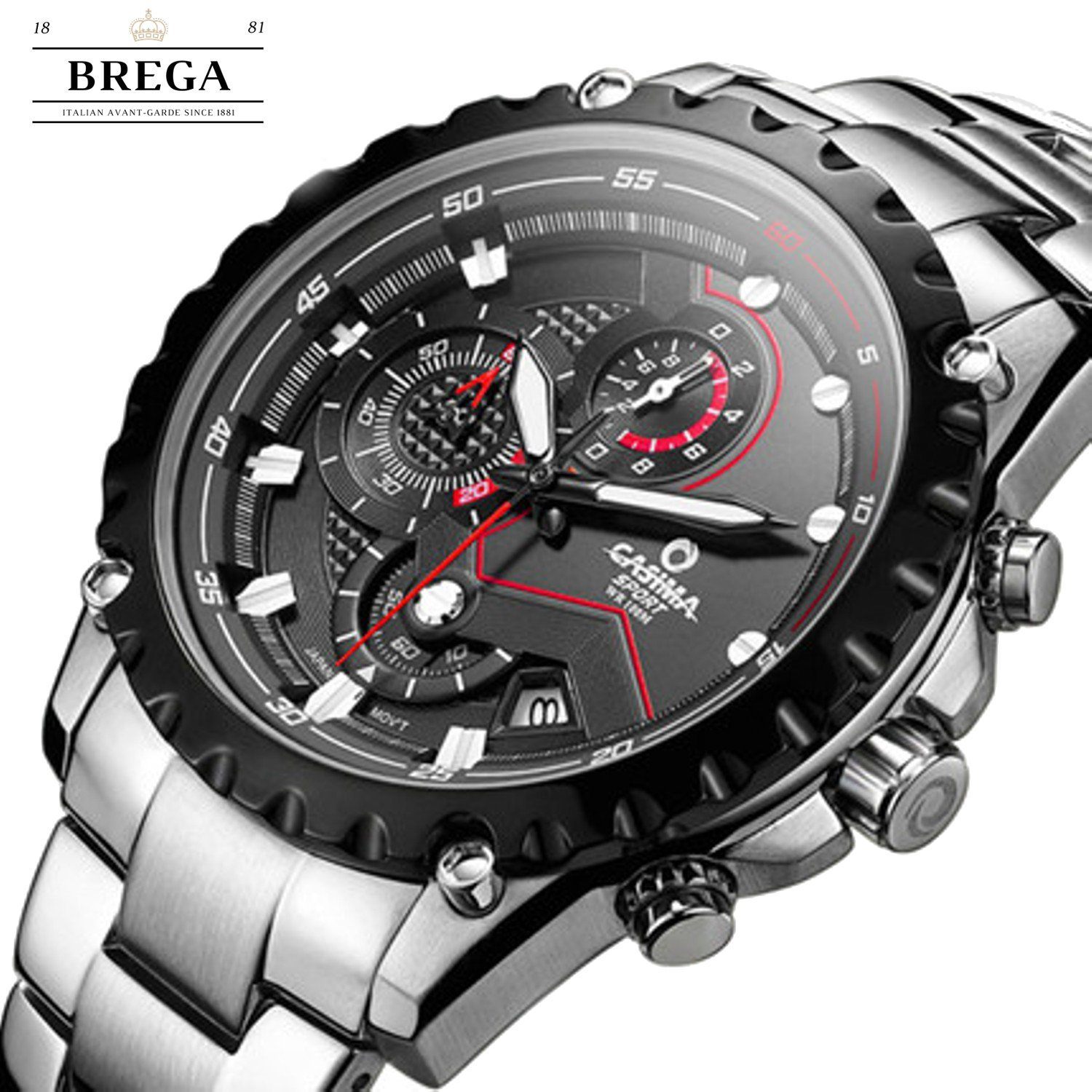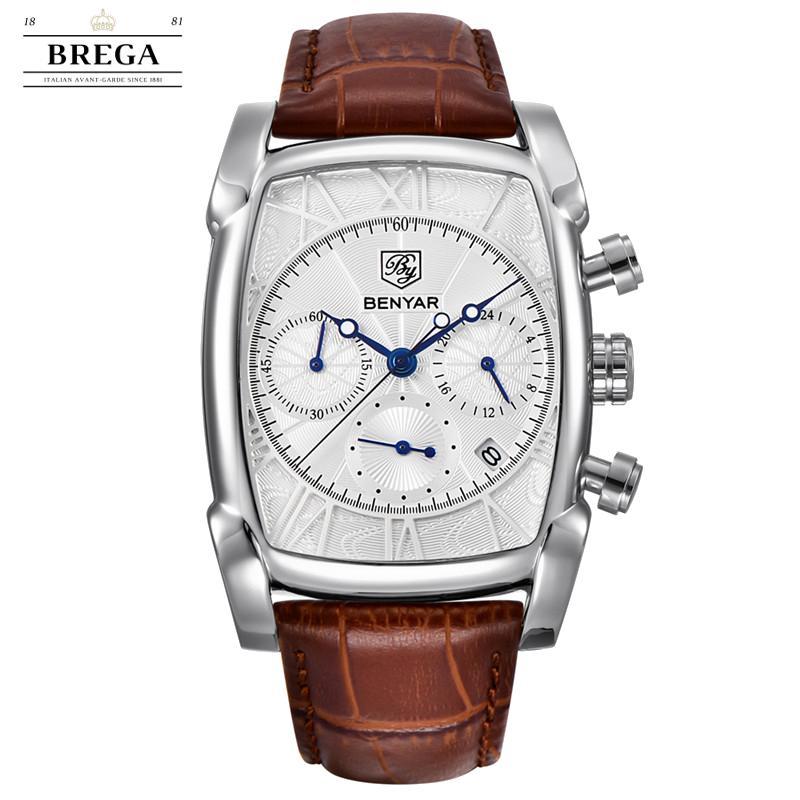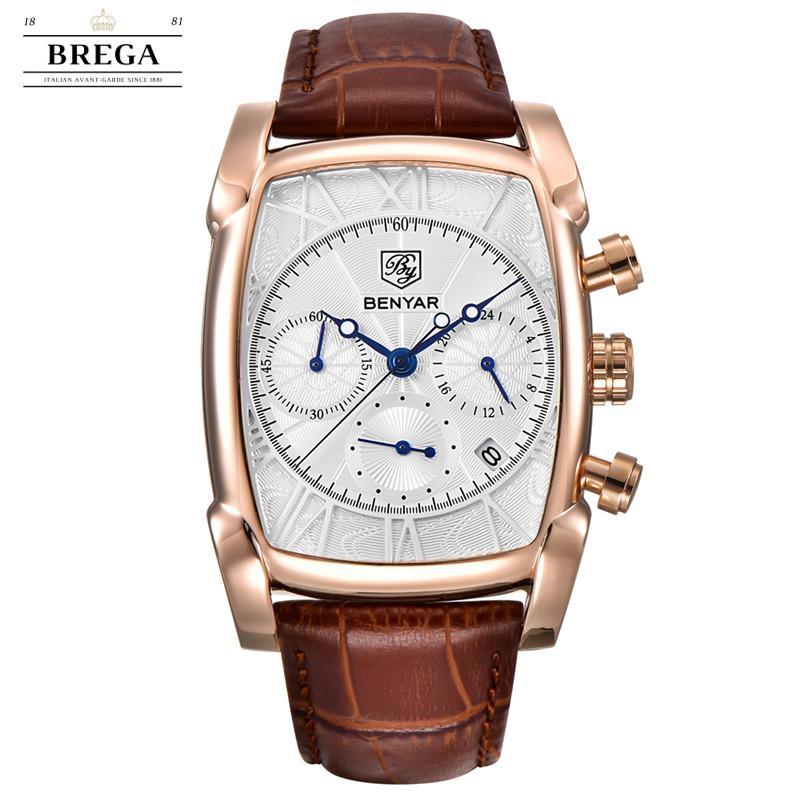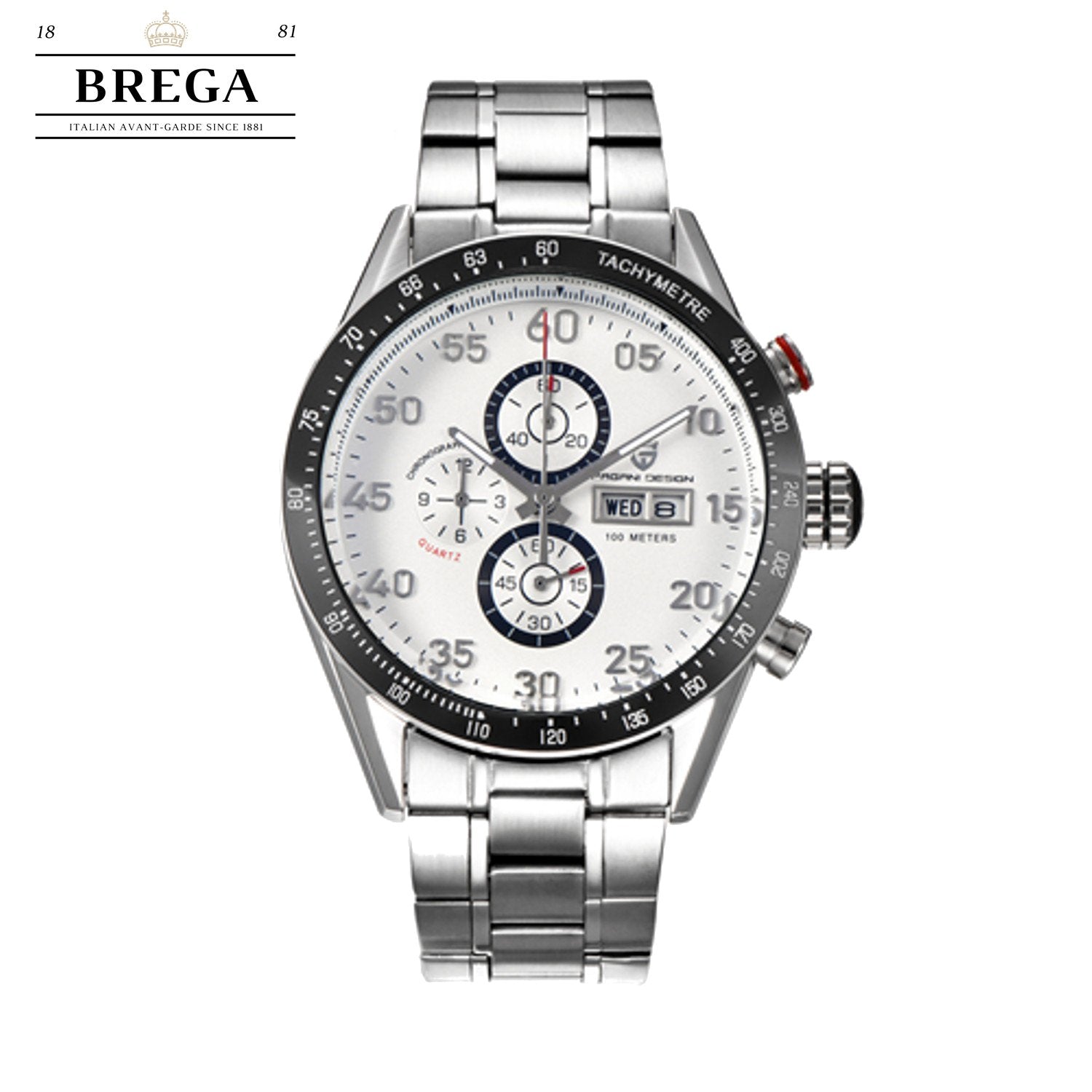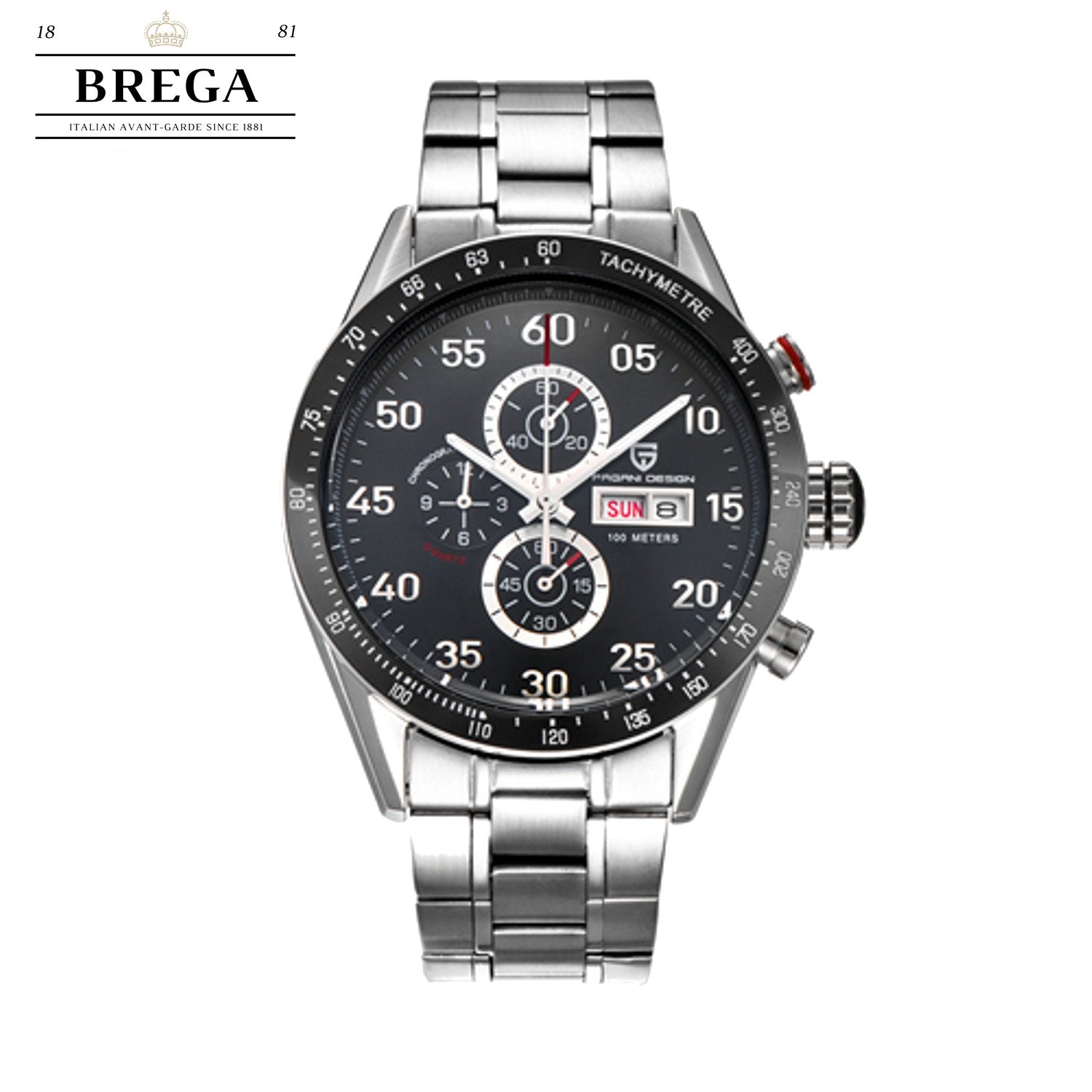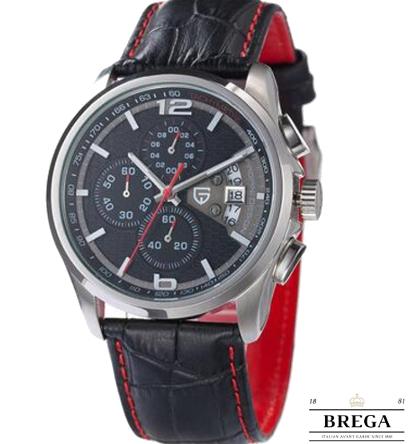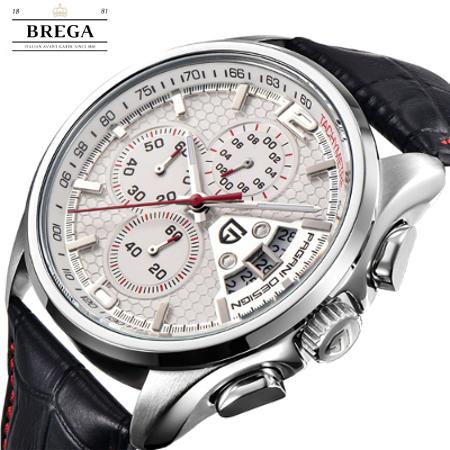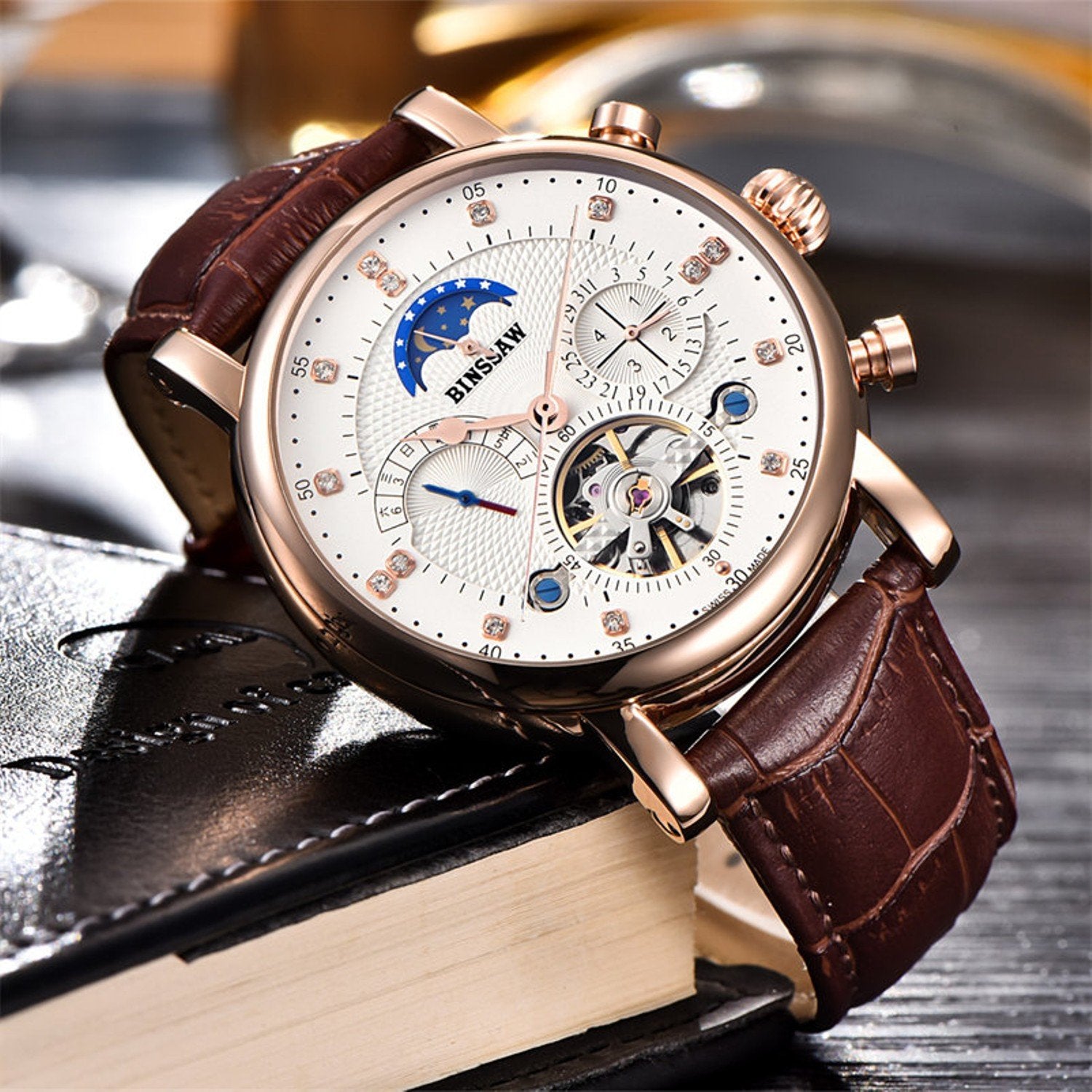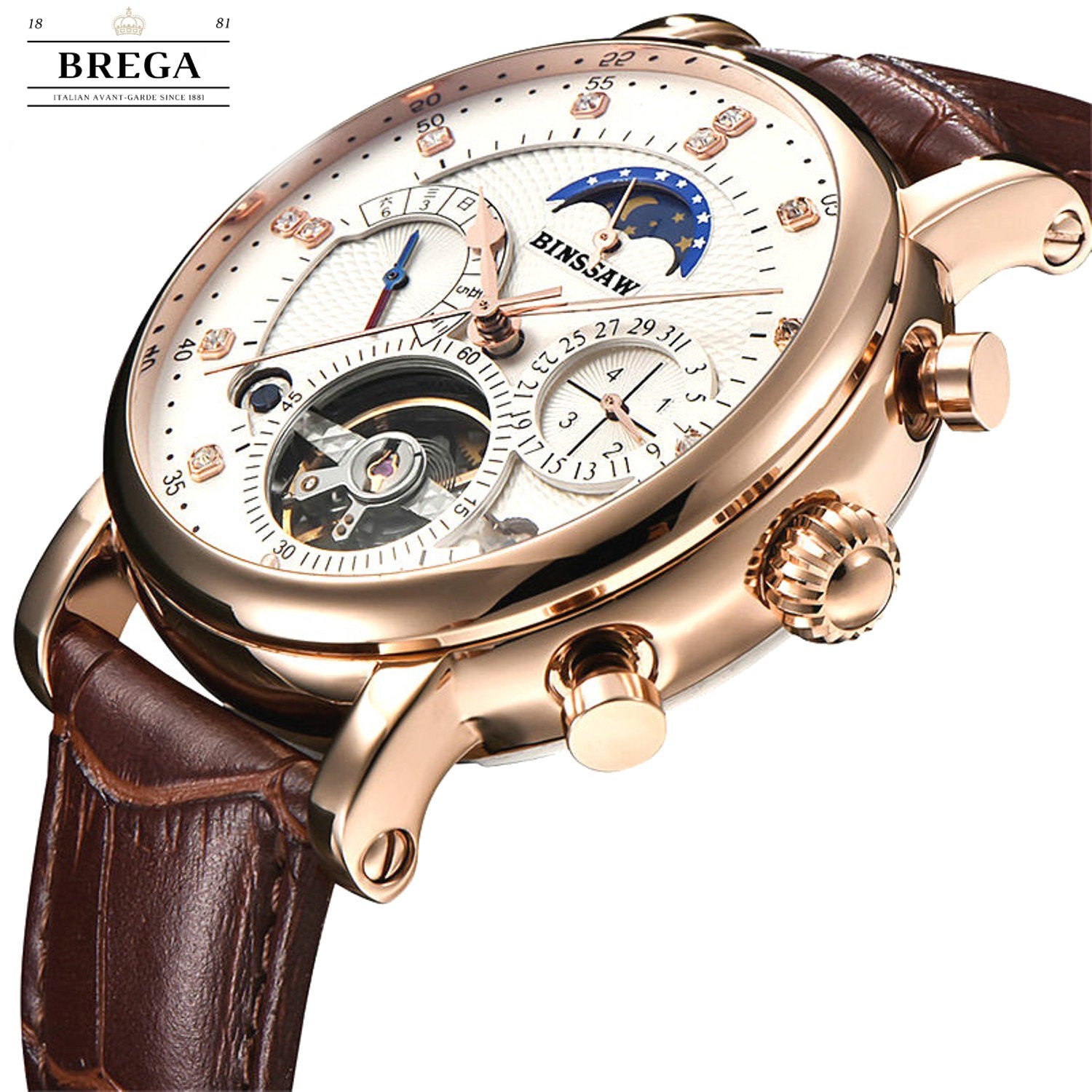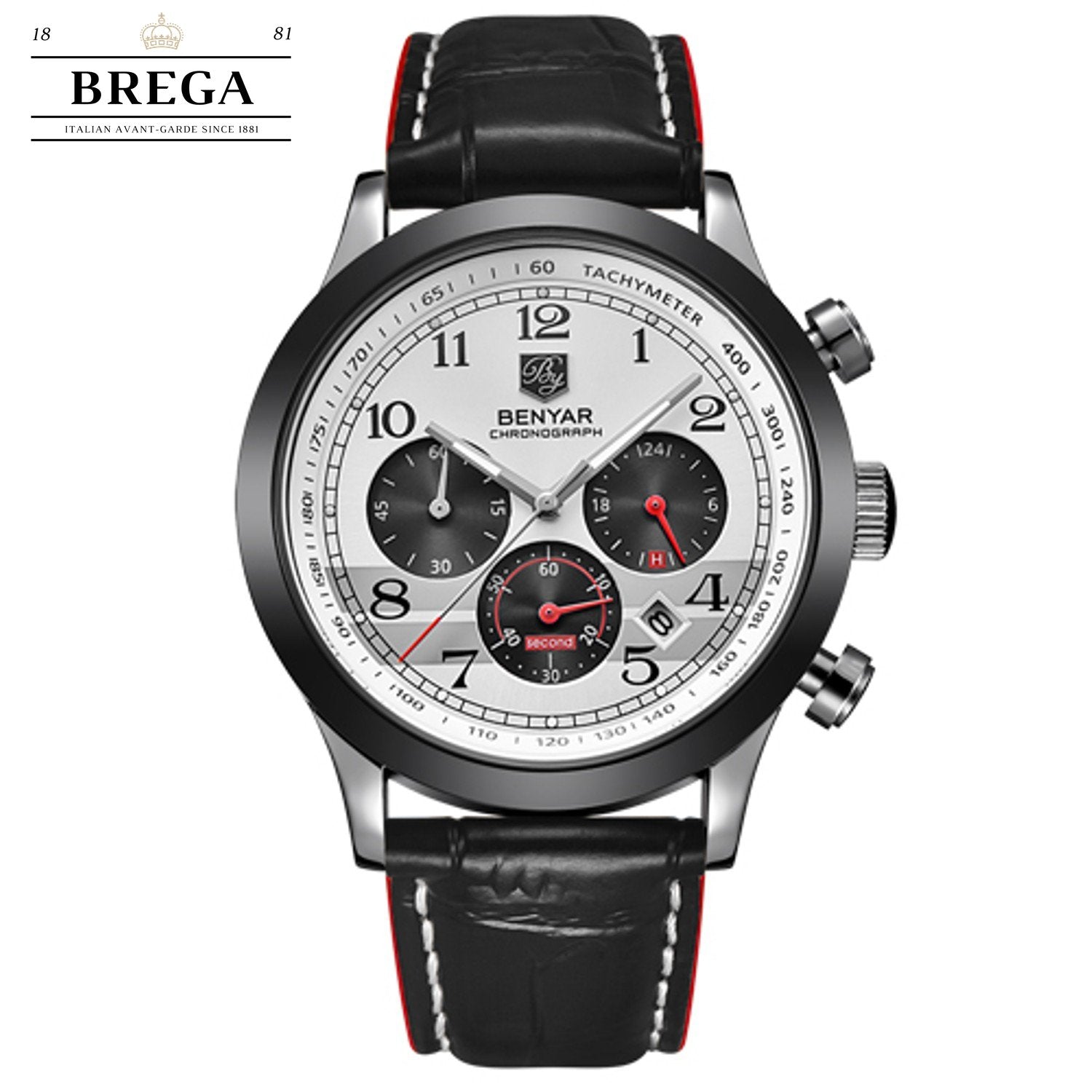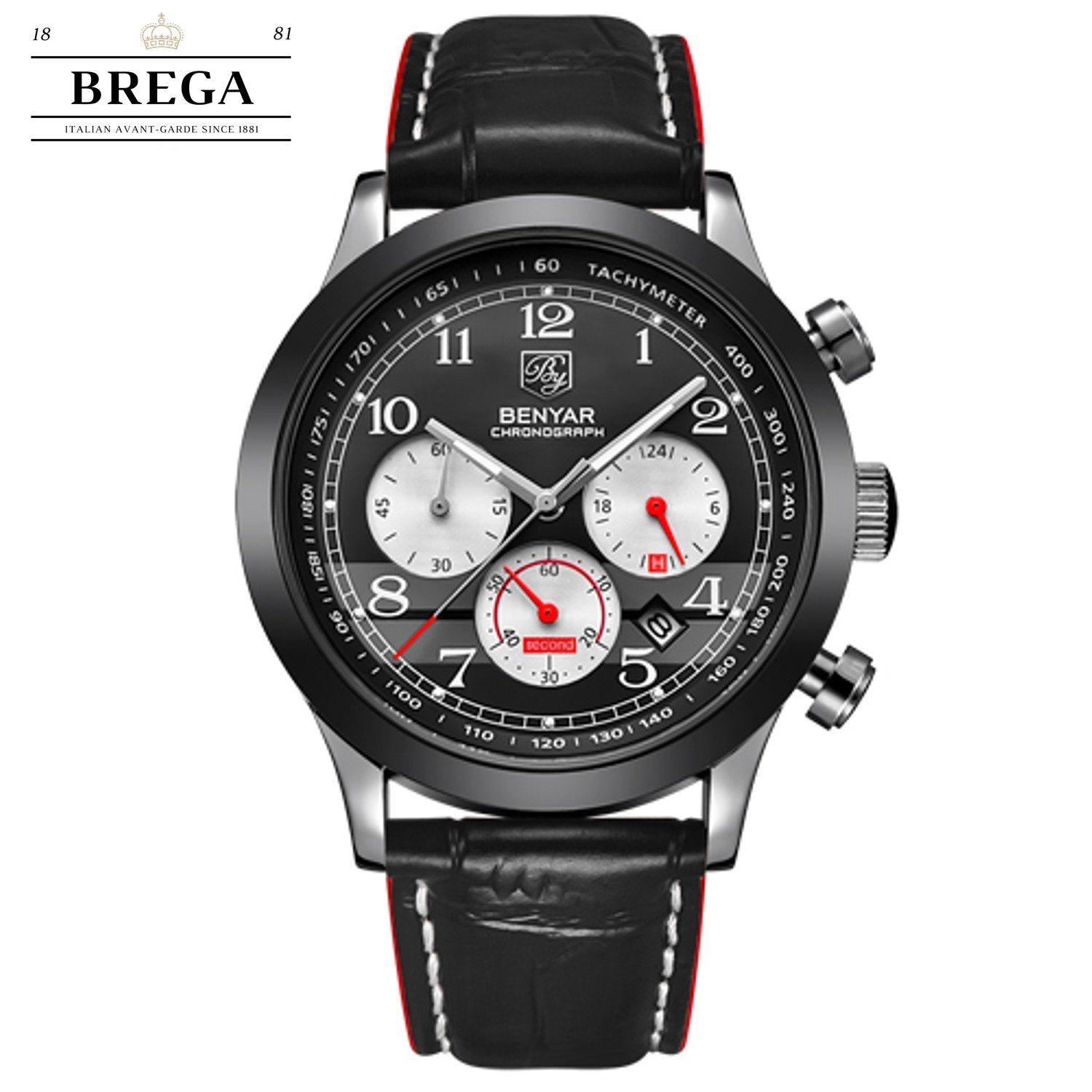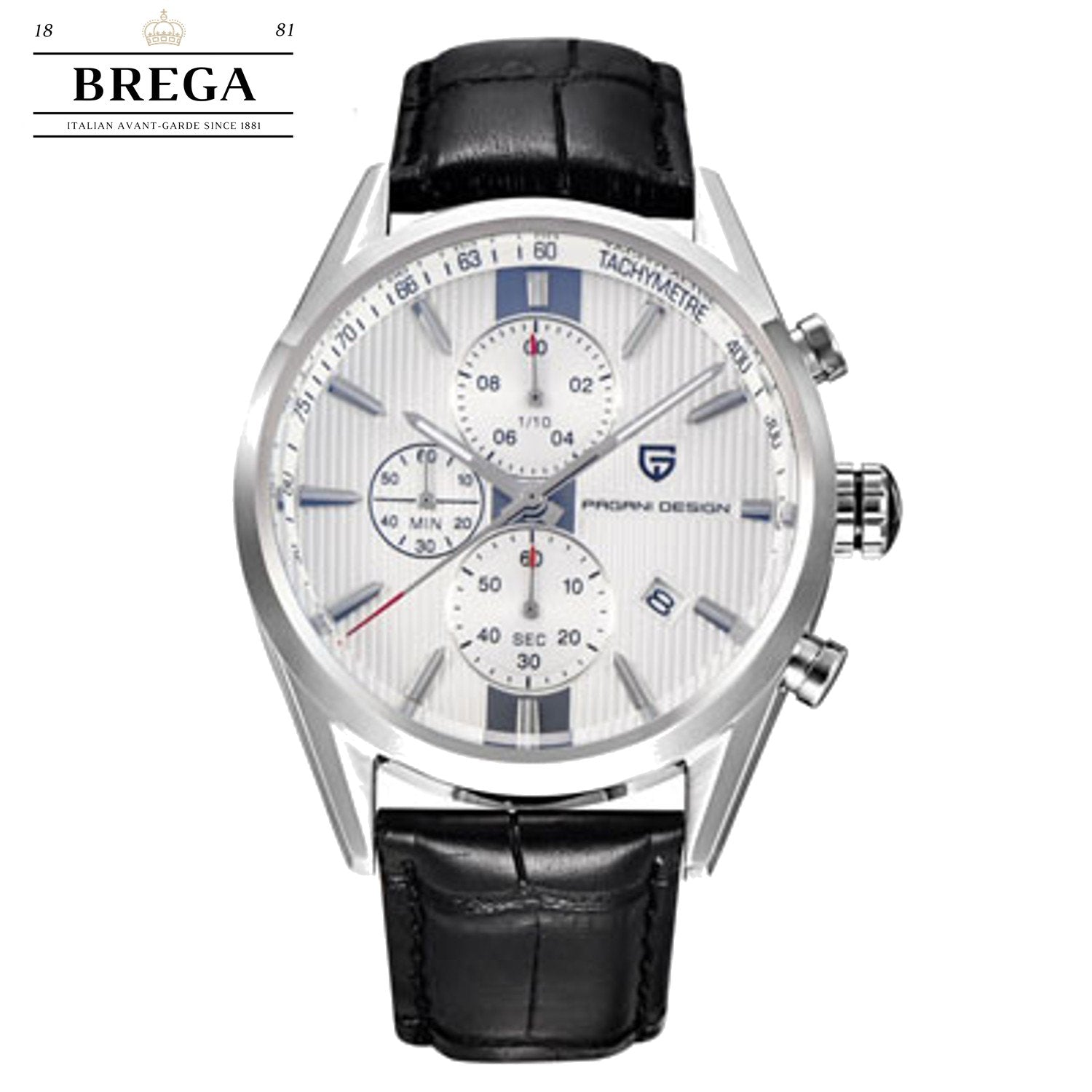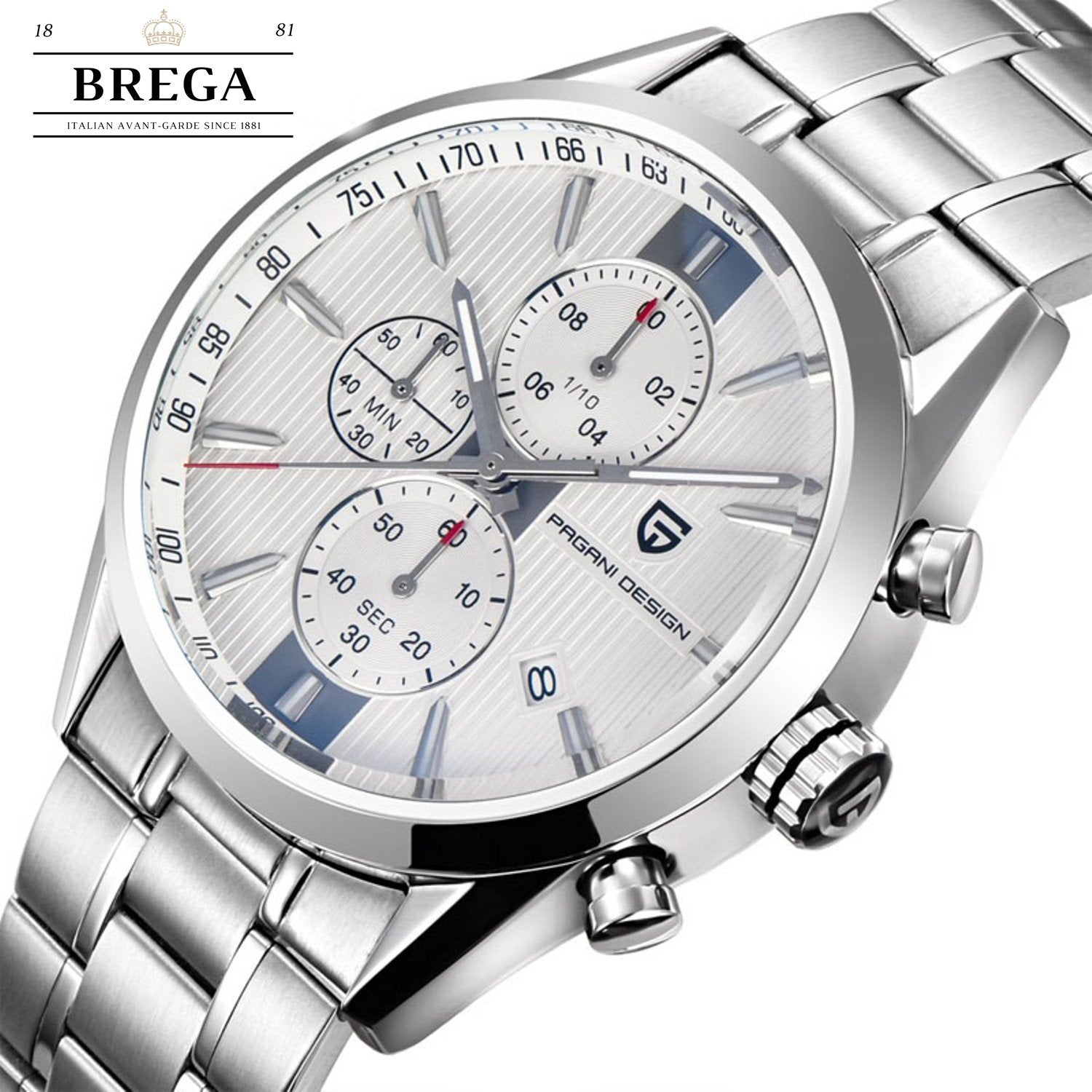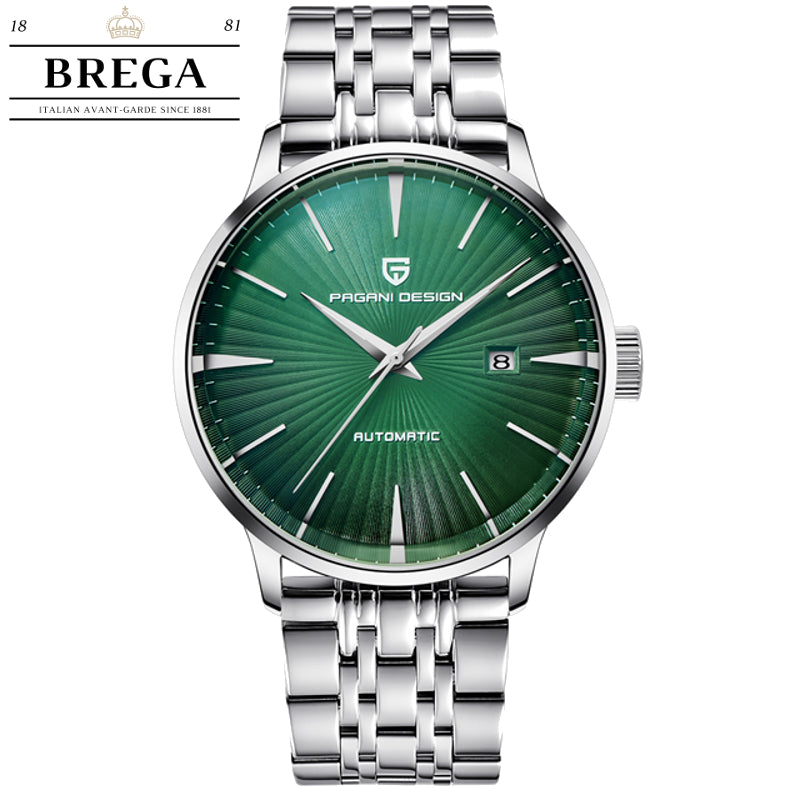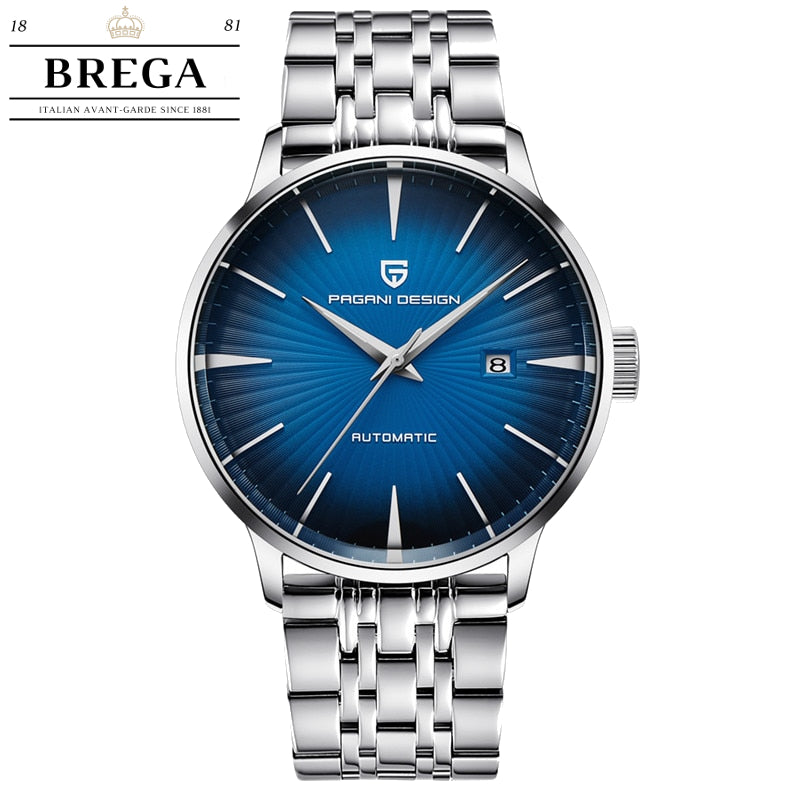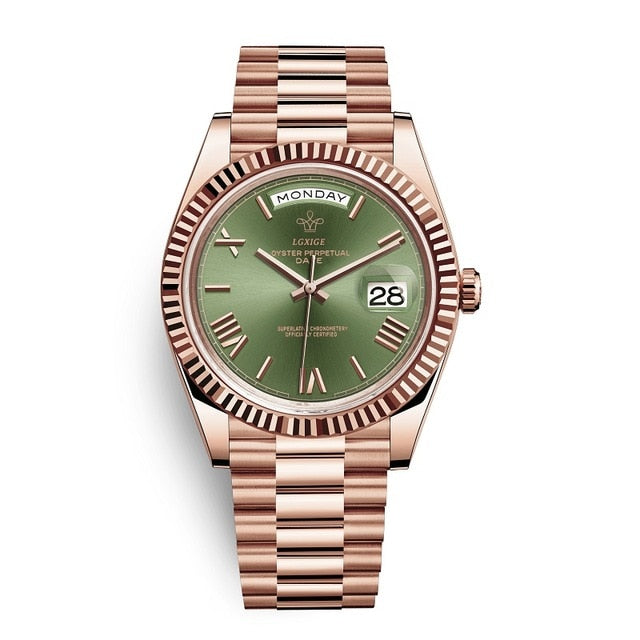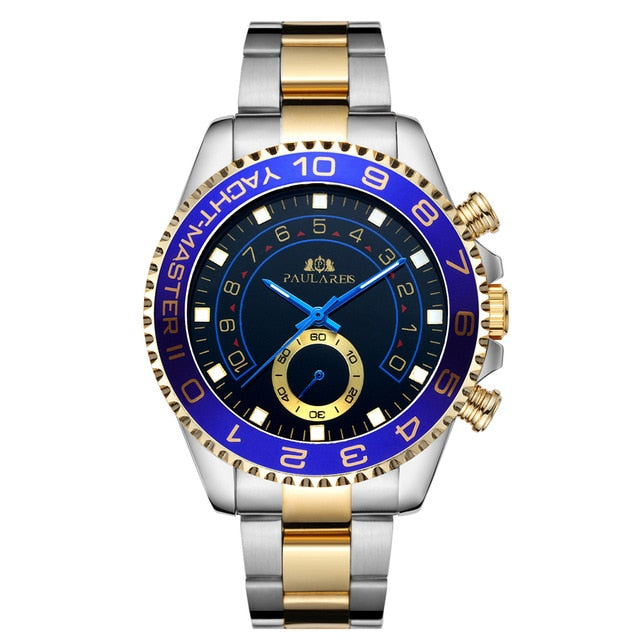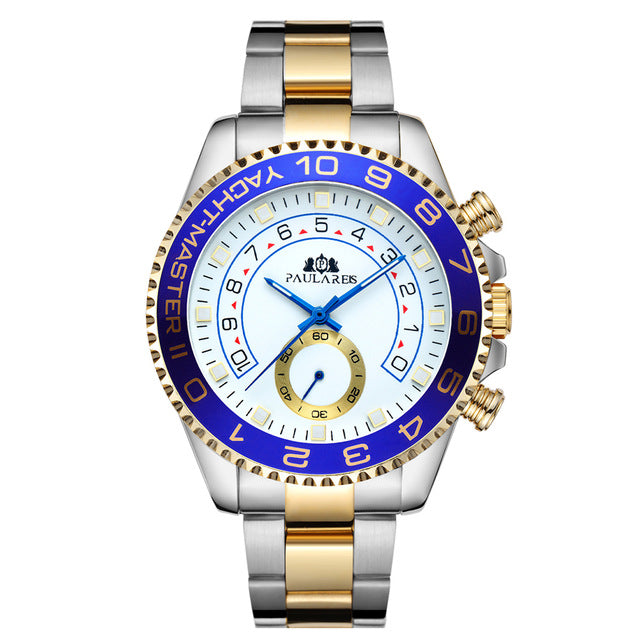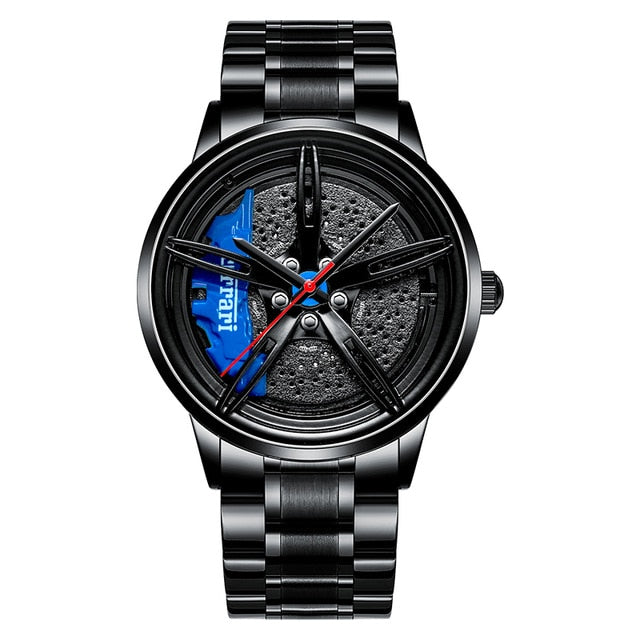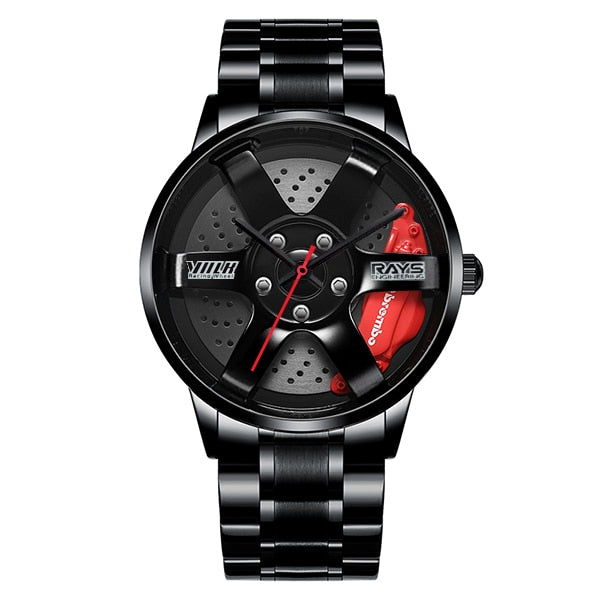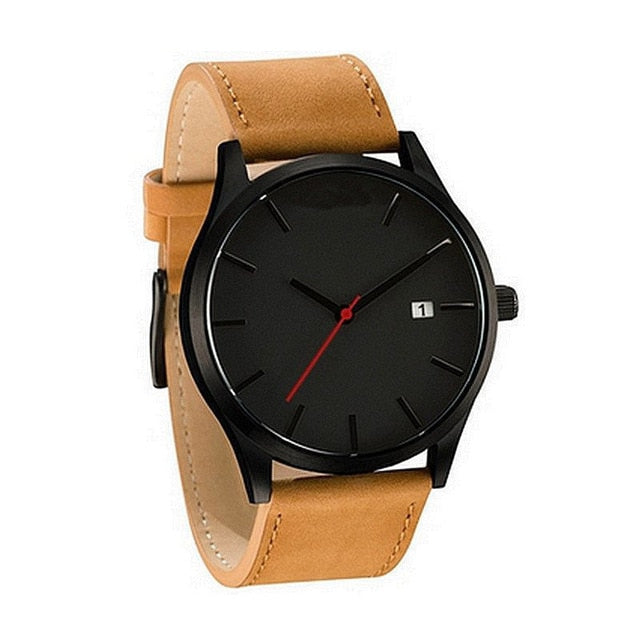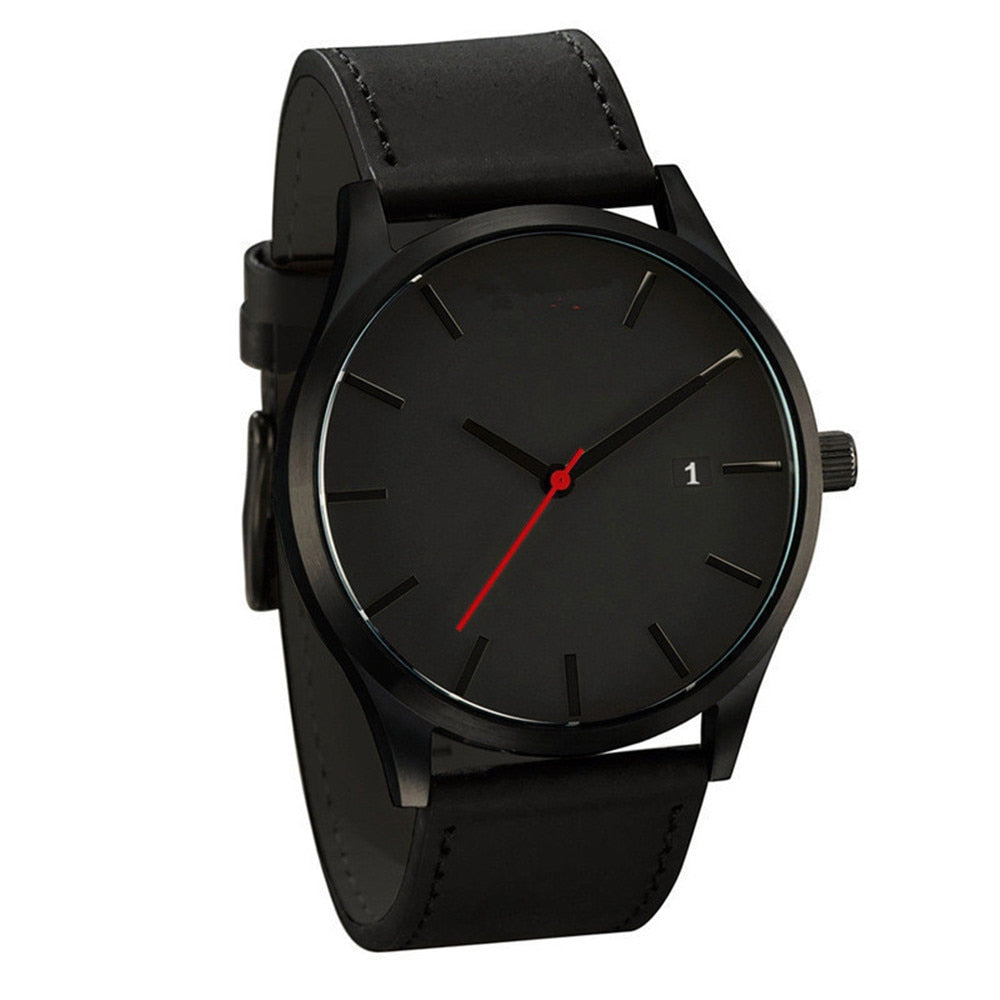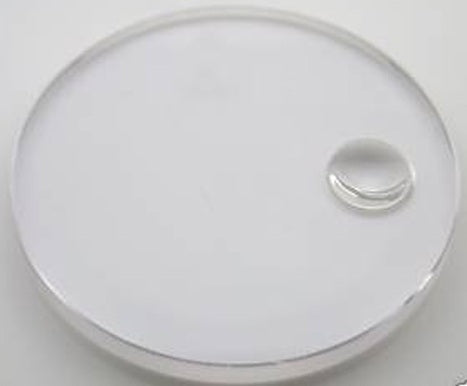
The crystal of a watch -- the clear cover that goes over the dial and protects it – can be made of a variety of materials. Generally, there are three types of crystals used in watchmaking: sapphire crystals; mineral crystals; Plexiglas (often called plastic) or hesalite (acrylic) crystals. Depending on the cost of the watch, or the rugged functions of the watch, different crystals are used—influencing the price and value of the watch.
Typically in the luxury watch field, sapphire crystals are preferred. Sapphire is extremely strong and scratch resistant – making it the top choice for a fine timepiece. While sapphire is the more expensive of the three crystal choices, it has its advantages due to the scratch and shatter resistance. The term sapphire for a watch crystal can be somewhat misleading, in that they are not typically made from natural corundum. Instead, sapphire crystals are usually created as a synthetic compound with the same properties as its natural counterpart. The process of producing sapphires synthetically was invented in 1893 by French chemist Auguste Victor Louis Verneuil, and shared with the world in 1902. Thus, it is called the Verneuil Process, but is more commonly referred to as flame fusion.
Essentially, in Flame Fusion, a long column of sapphire is manufactured in a Verneuil furnace. Powder sized aluminum oxide particles are sprinkled through an oxyhydrogen flame, and expected to melt at temperatures over 2000degrees Celsius. They then fall below the melting point (or flame) and fuse with one another again to re-crystallize. Hence the name Flame Fusion. The column of crystallized synthetic sapphire is slowly lowered away from the flame, allowing more crystal to form on top. Eventually, the long cylindrical rod is complete and removed. It is then sliced (with diamond-tipped cutters) and polished to become a watch crystal.
In addition to being scratch resistant, a sapphire crystal has more ability to withstand cracks and breakage than glass or plastic. In fact, only a diamond or another sapphire can scratch the surface. Additionally, because it is so crystal clear, anti-reflective coatings can be added to both sides without any hazing or blurring of the crystal.
Mid-priced watches most often utilize the mineral glass crystal. The cost of these lies between the cost of sapphire crystals and the cost of plastic crystals. Generally a mineral crystal is an ordinary glass crystal that has been heat treated or chemically treated to withstand scratches. While it is not as scratch-resistant as sapphire, it is more scratch-resistant than plastic. Under extreme hot or cold conditions – if the glass is bluntly hit on a certain angle – the glass can actually crack or shatter. The main benefit of a mineral glass crystal lies in the price of the watch. It is difficult by sight to tell if a crystal is mineral or sapphire.
Plastic crystals are often referred to as Plexiglas, acrylic or hesalite. Plastic is the least expensive option and is most commonly found on lower-priced wristwatches. Plastic will not shatter or crack, but it does scratch easily. These crystals are sometimes preferred in the field because of their shatter-resistant qualities.

